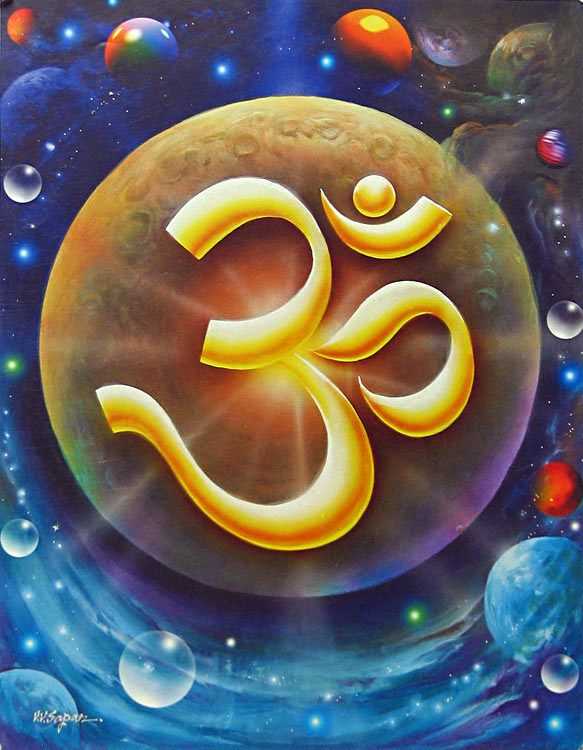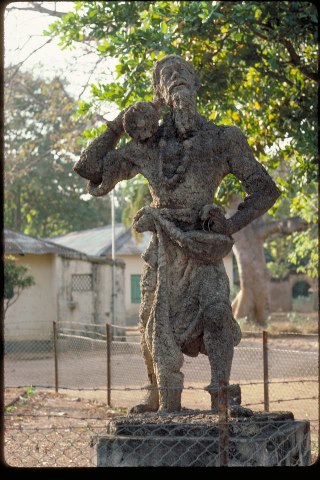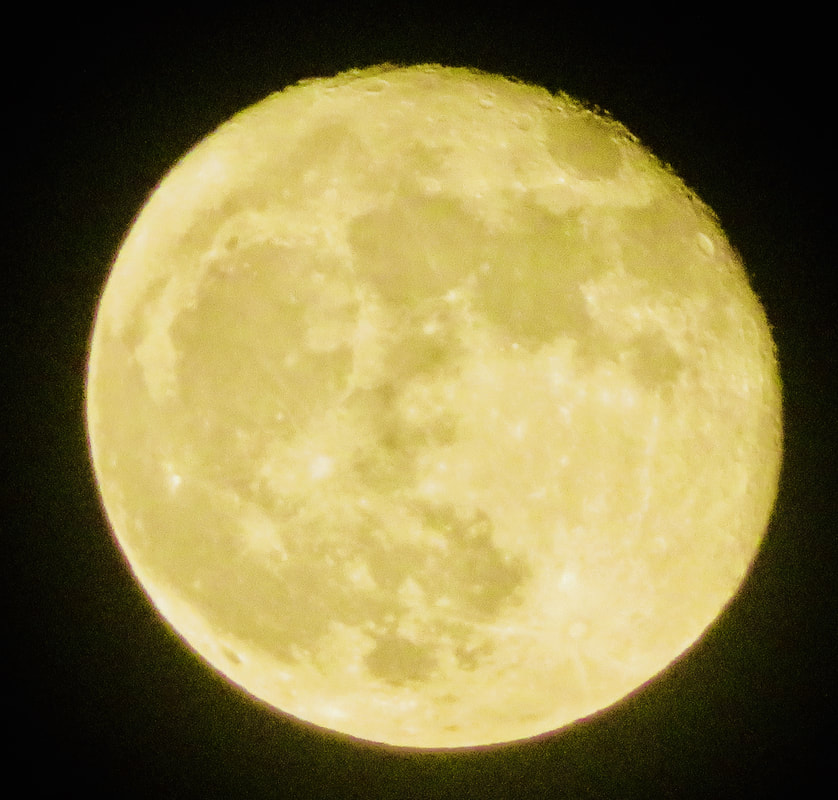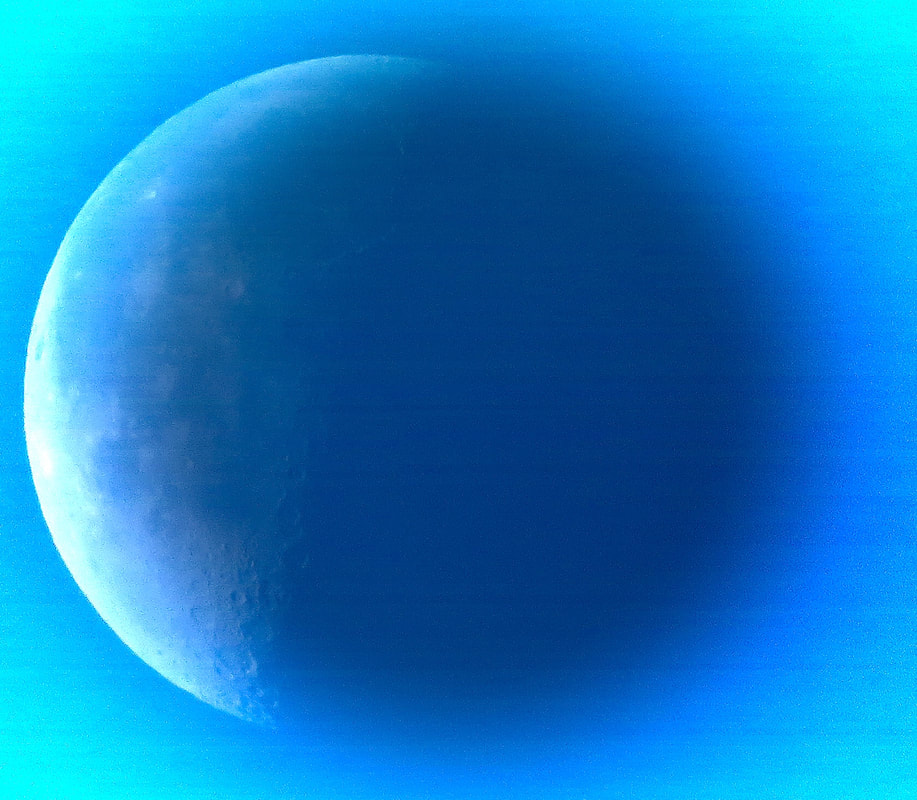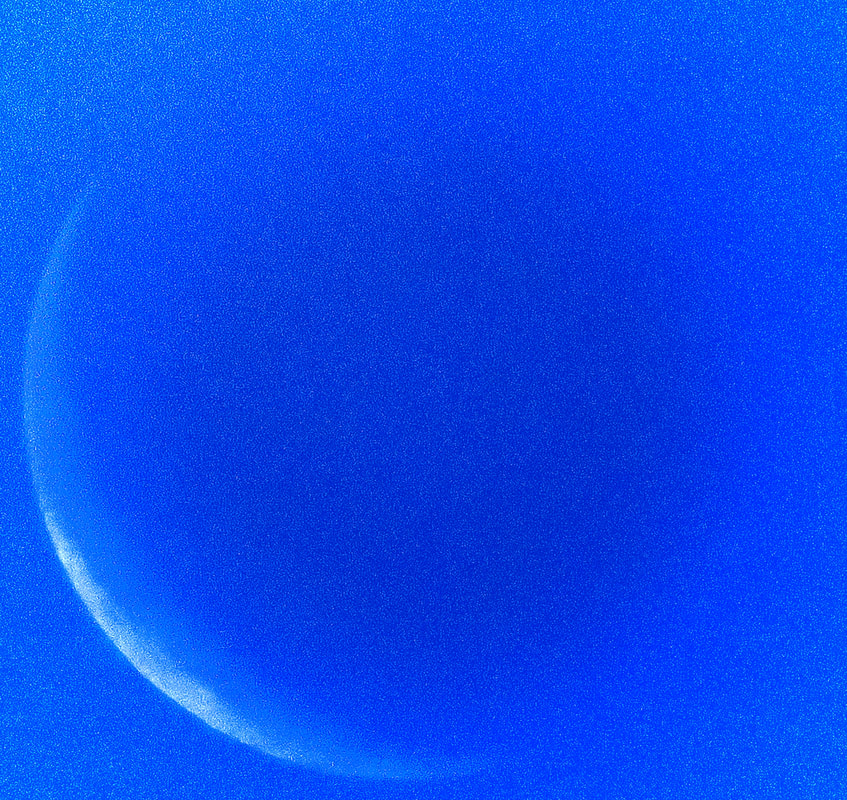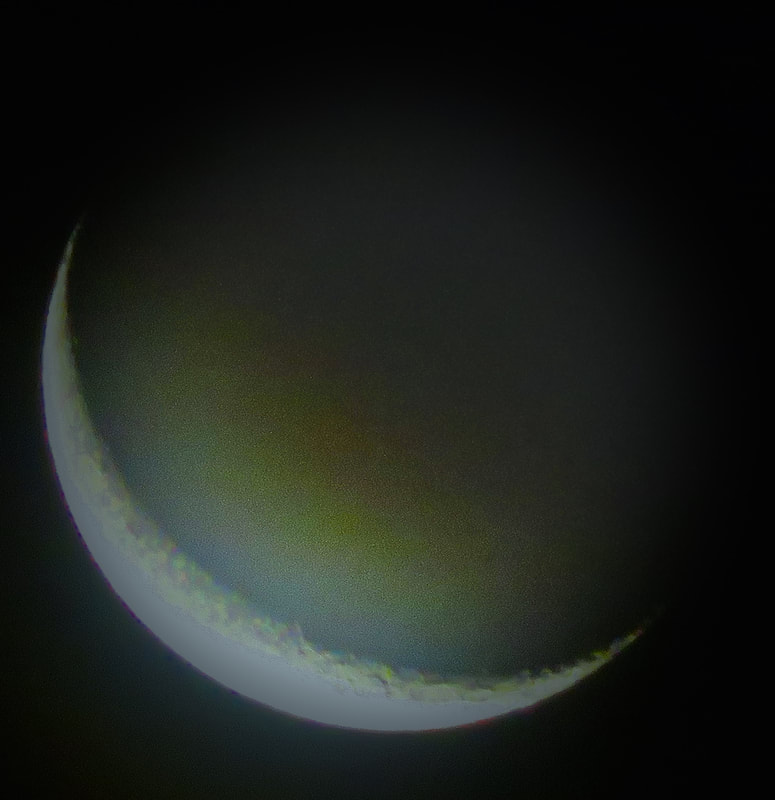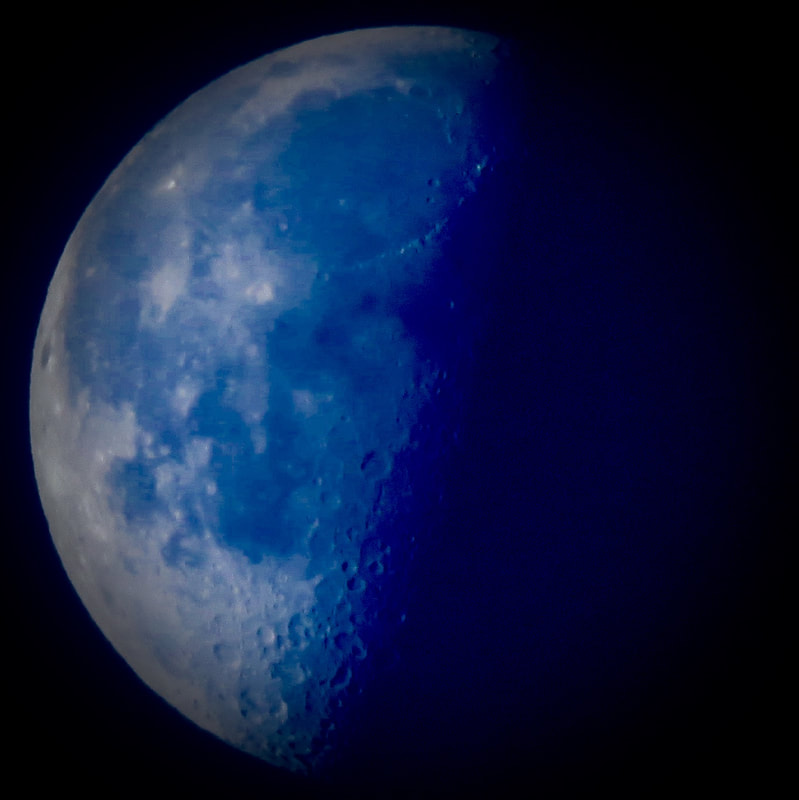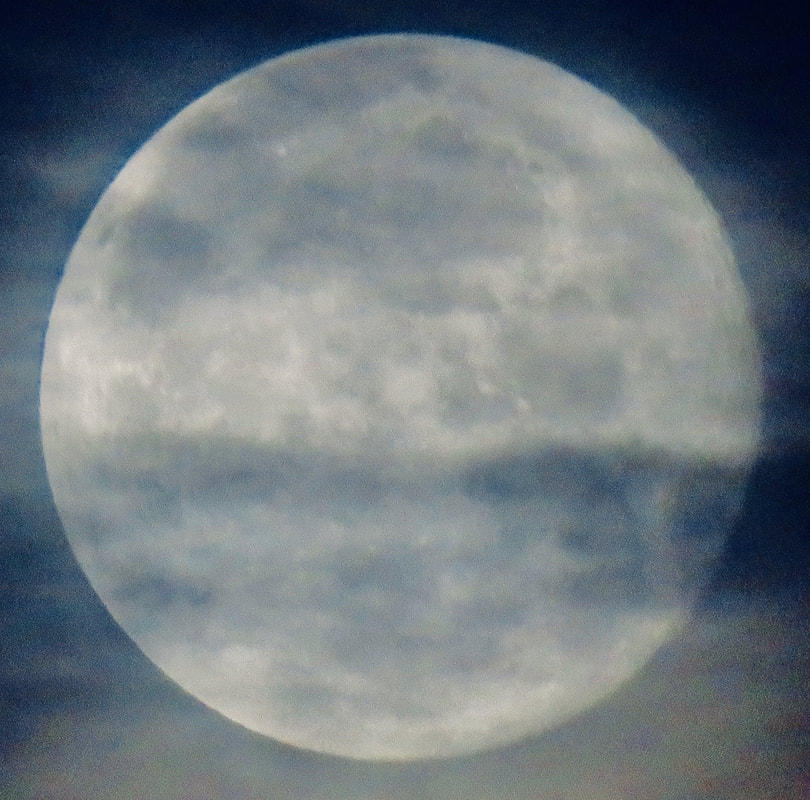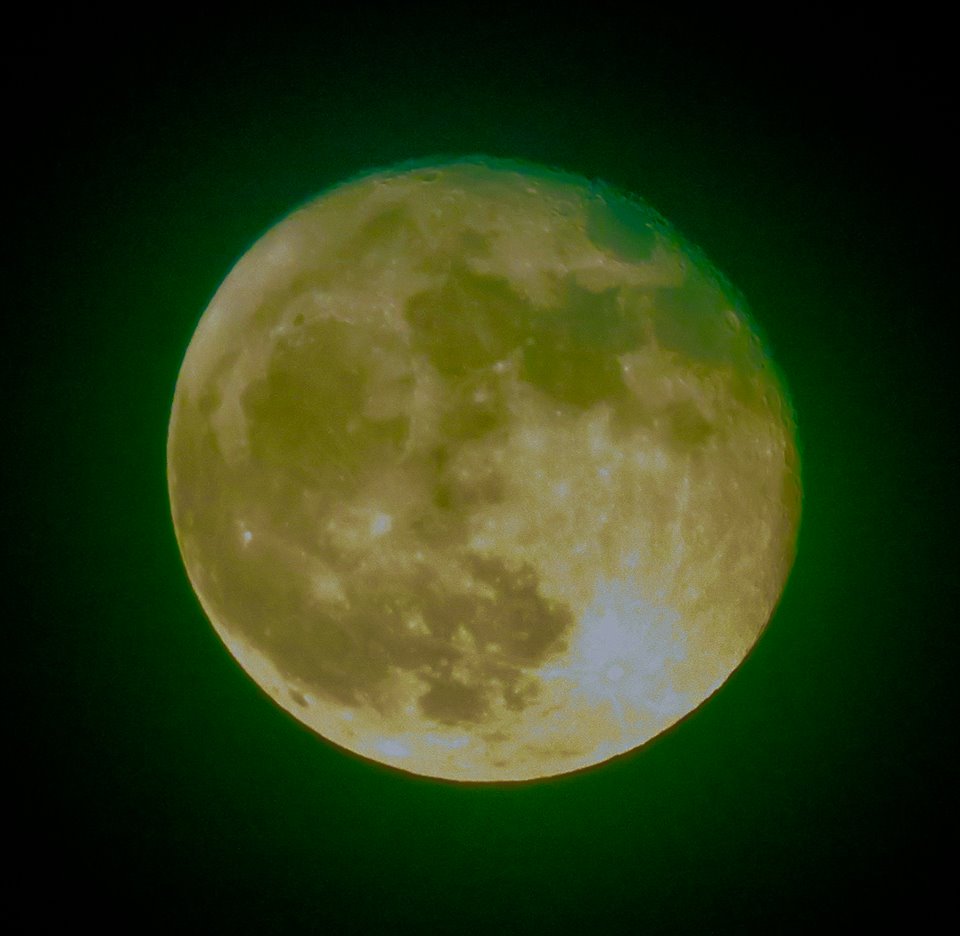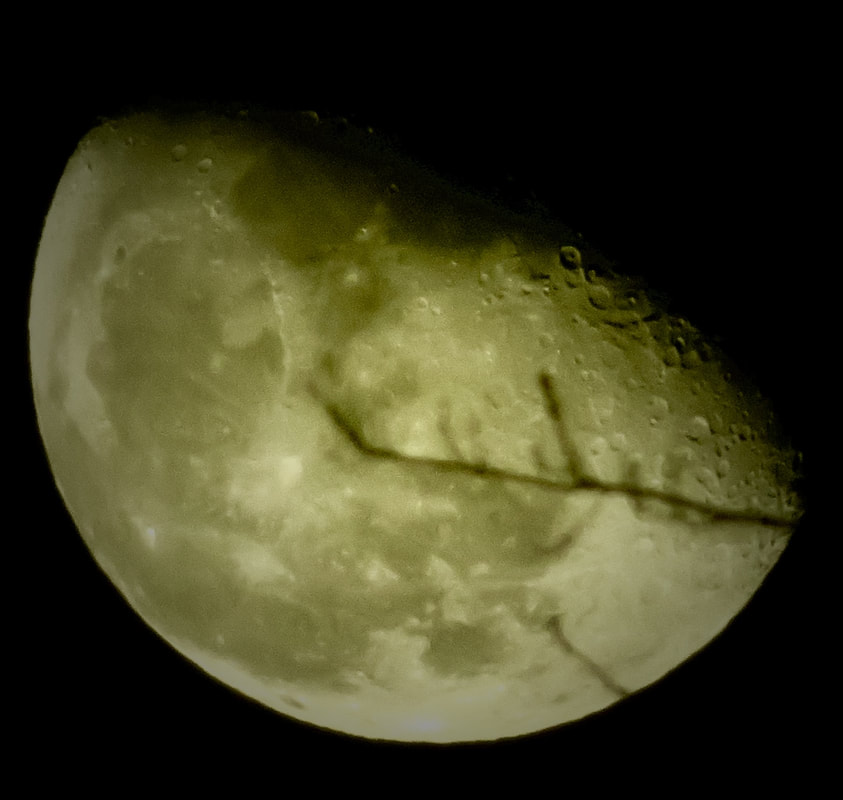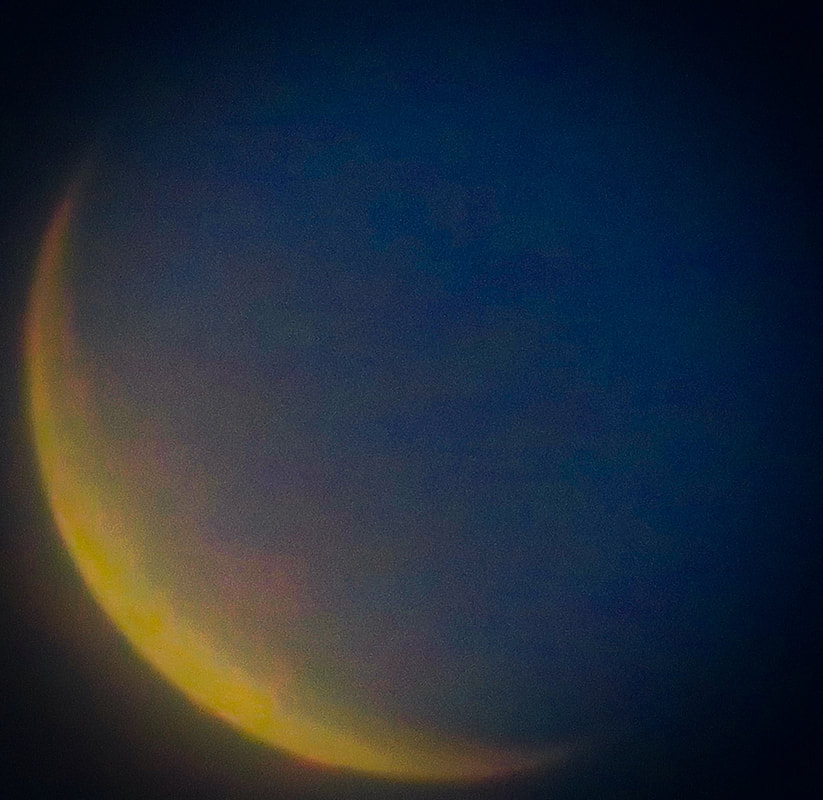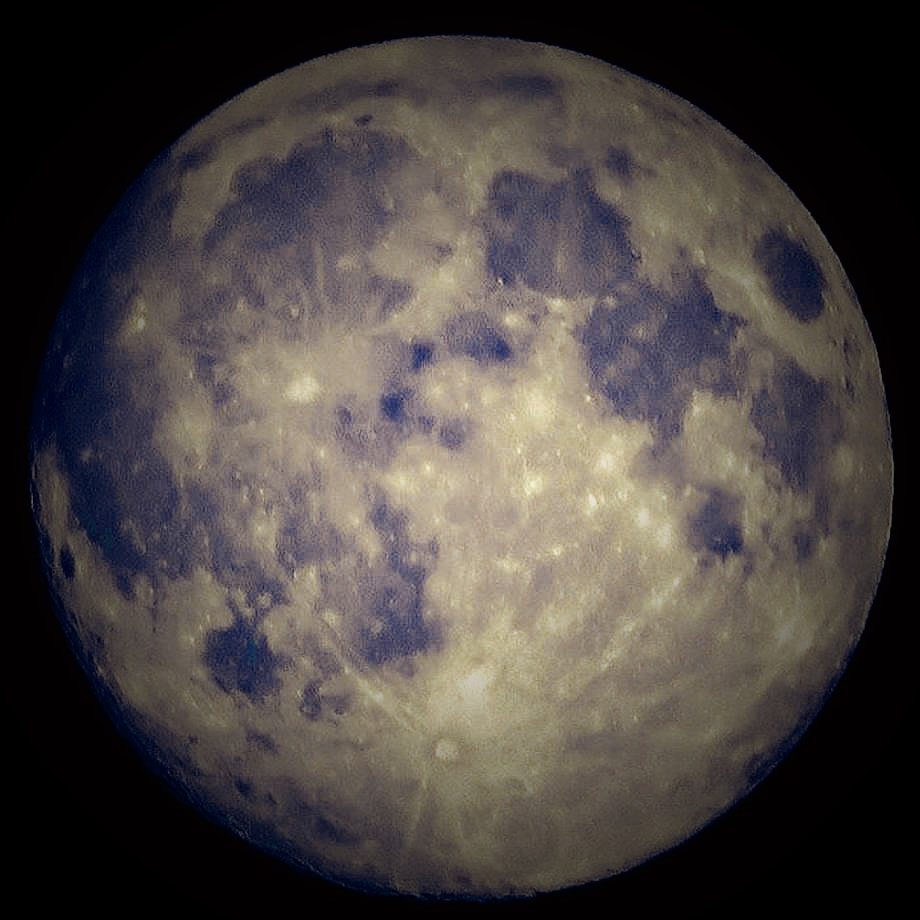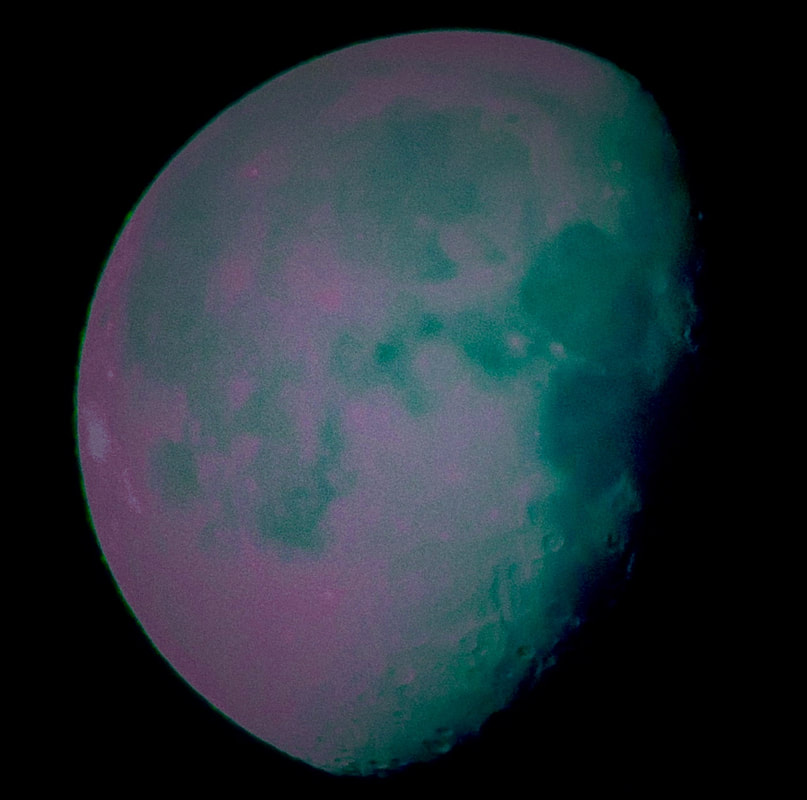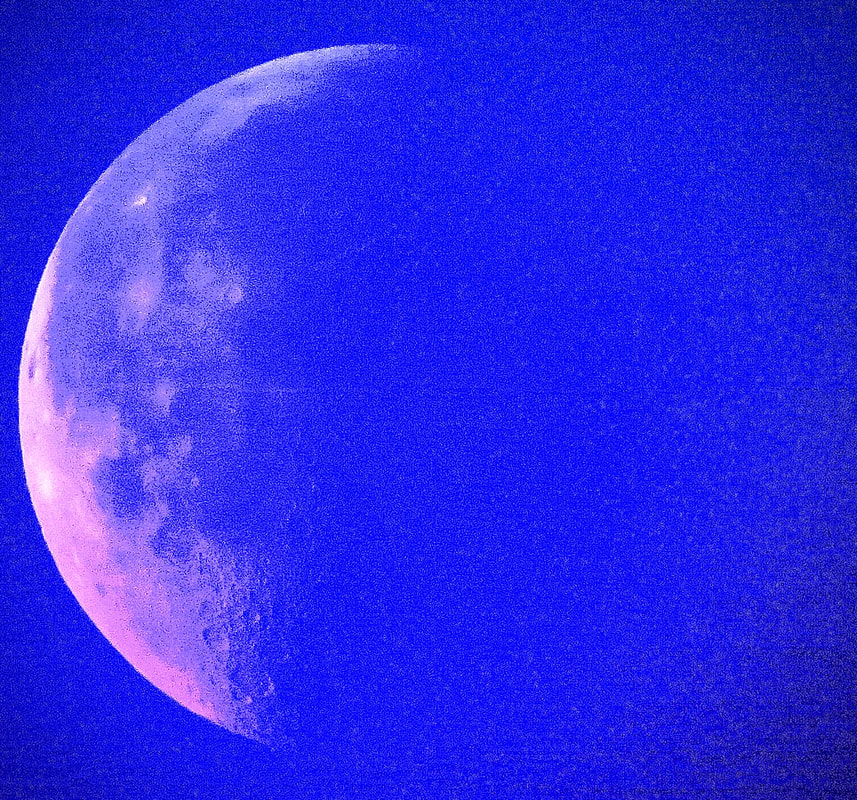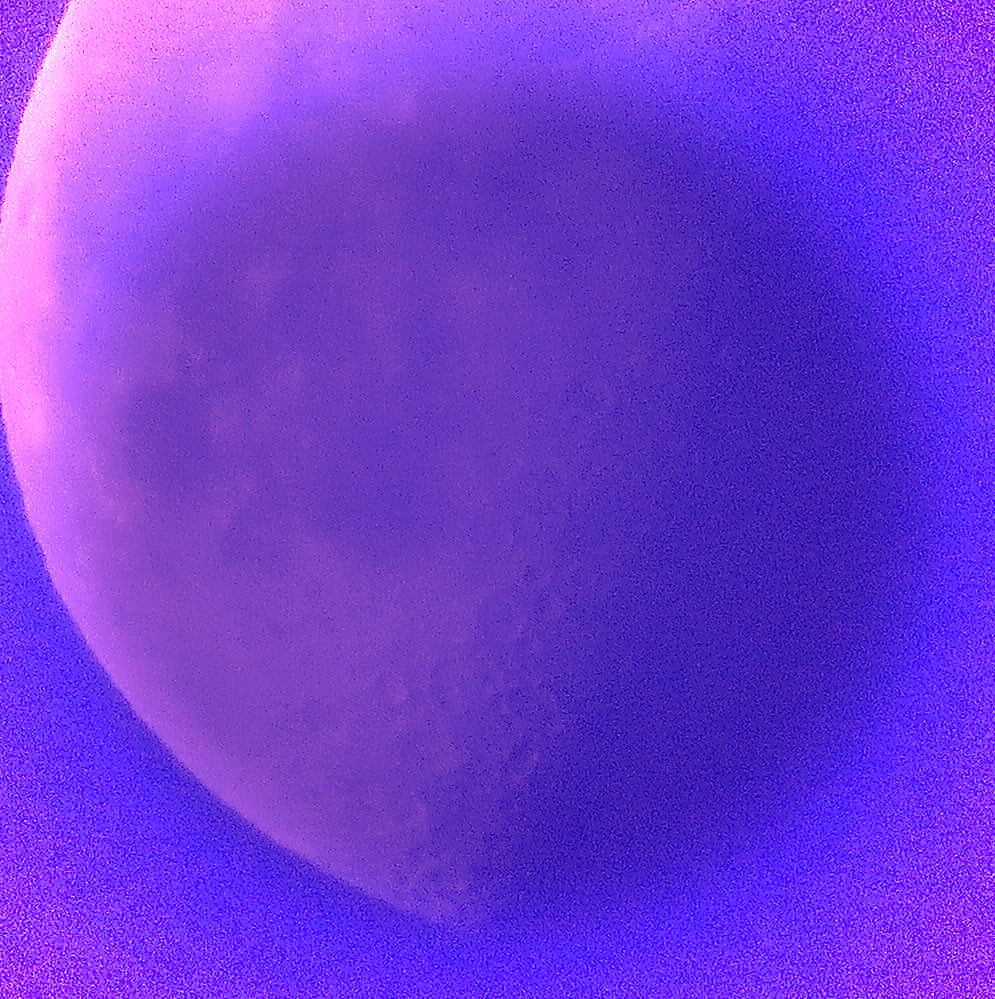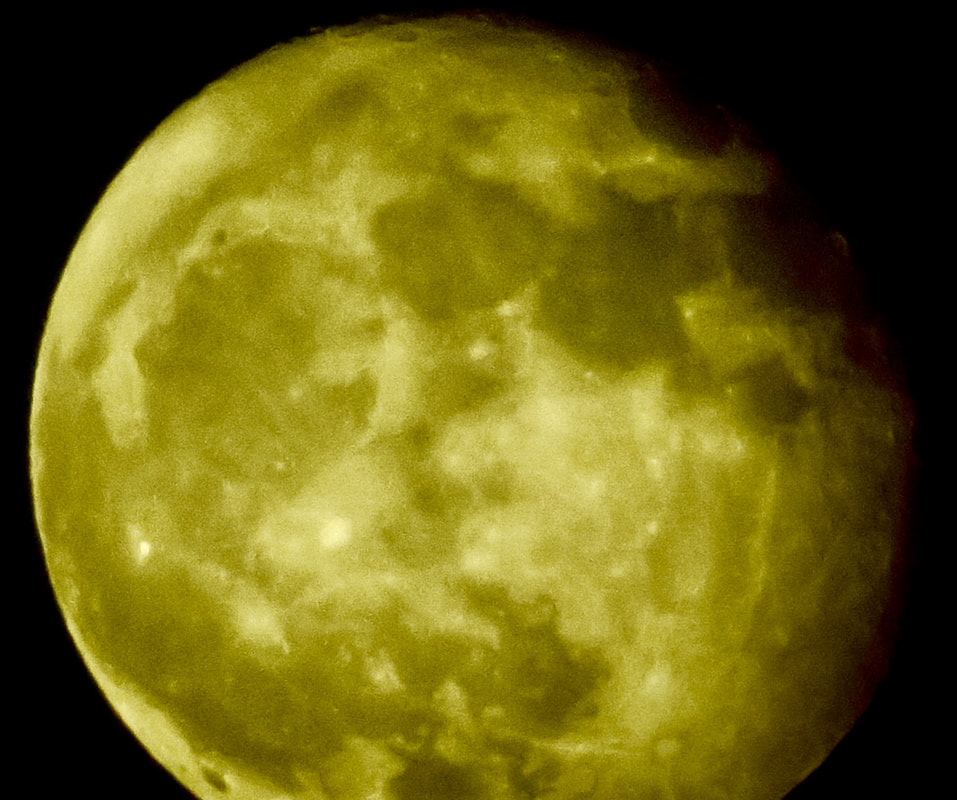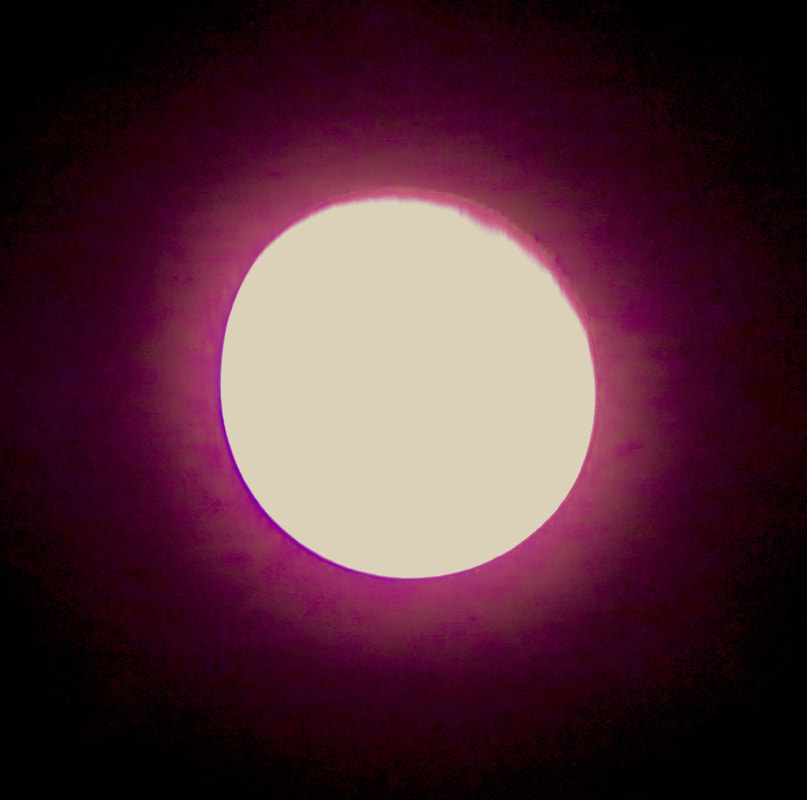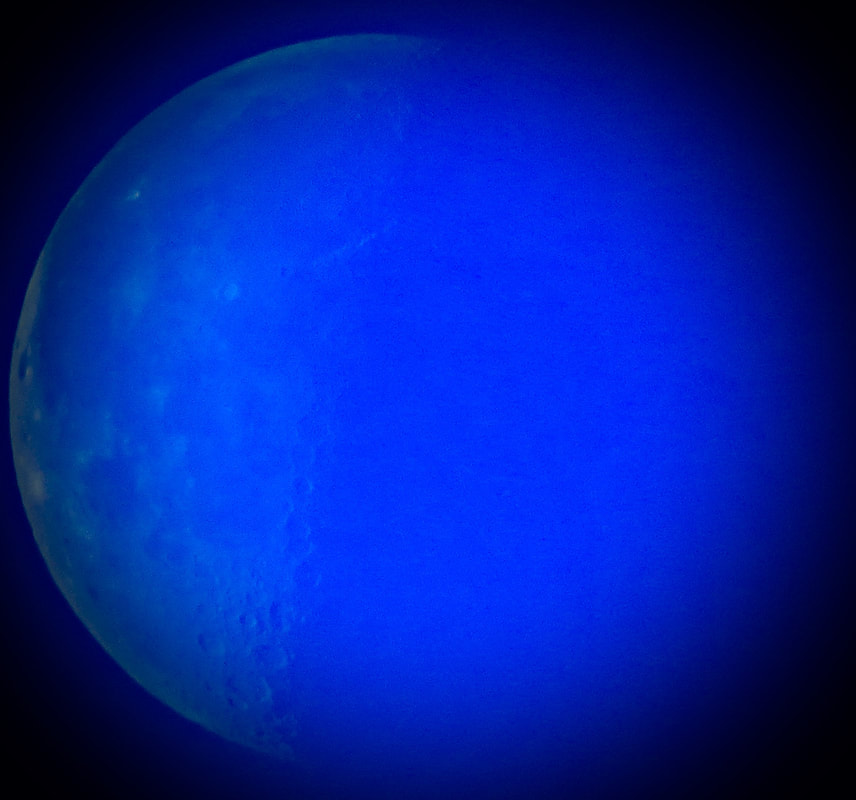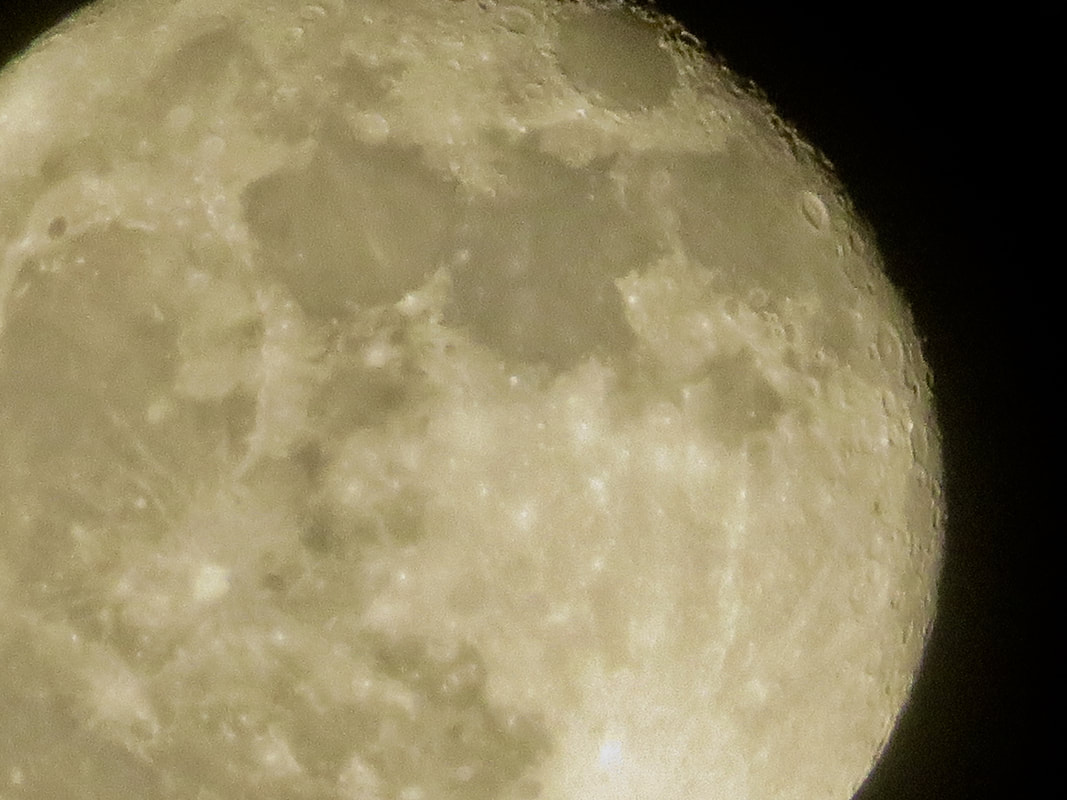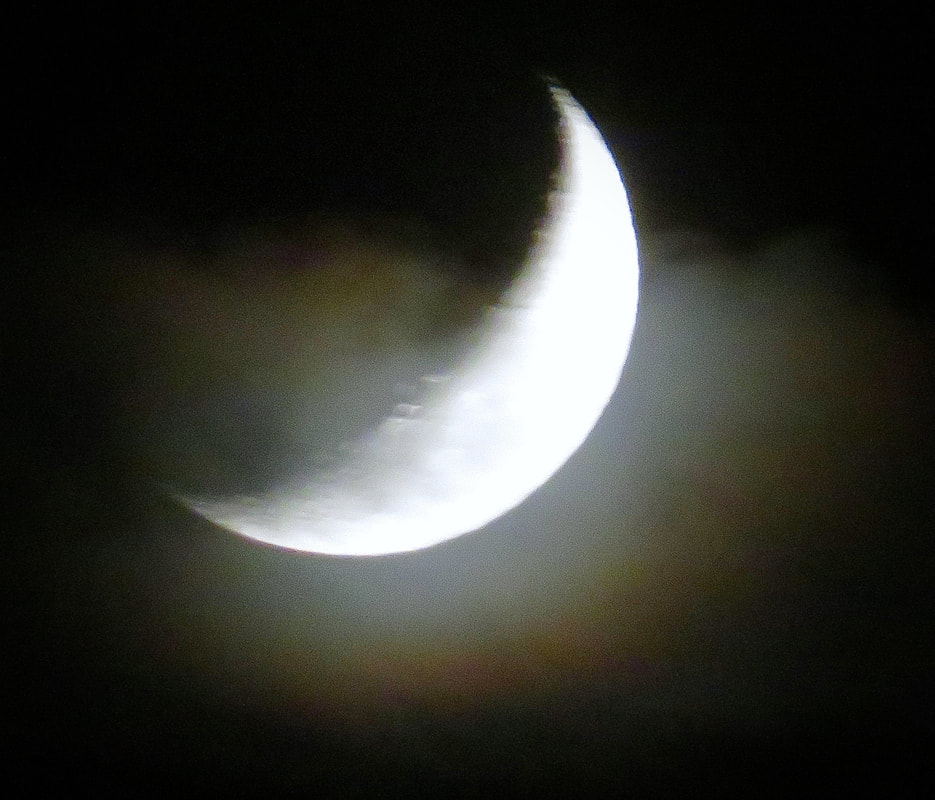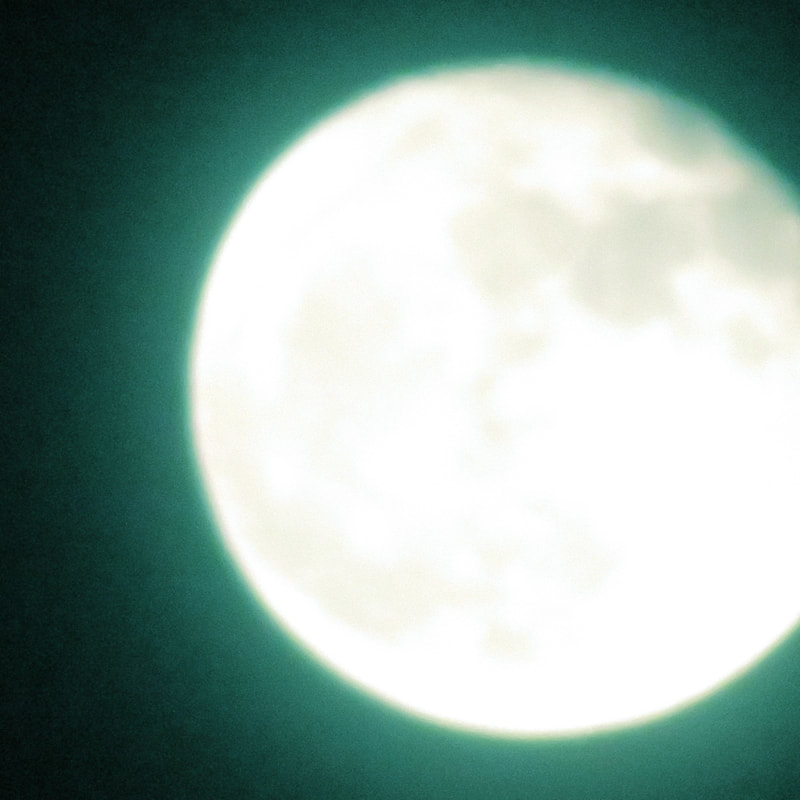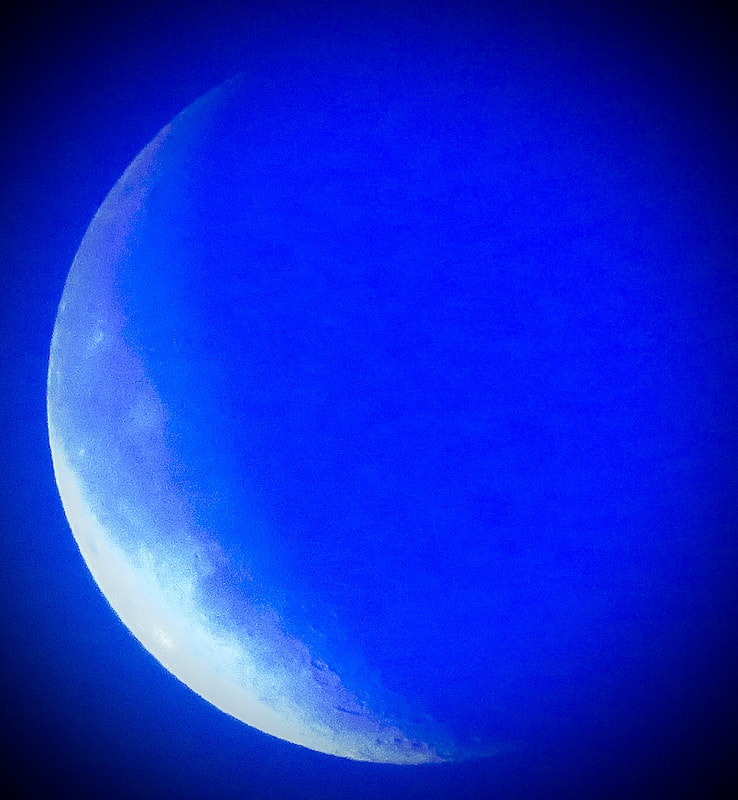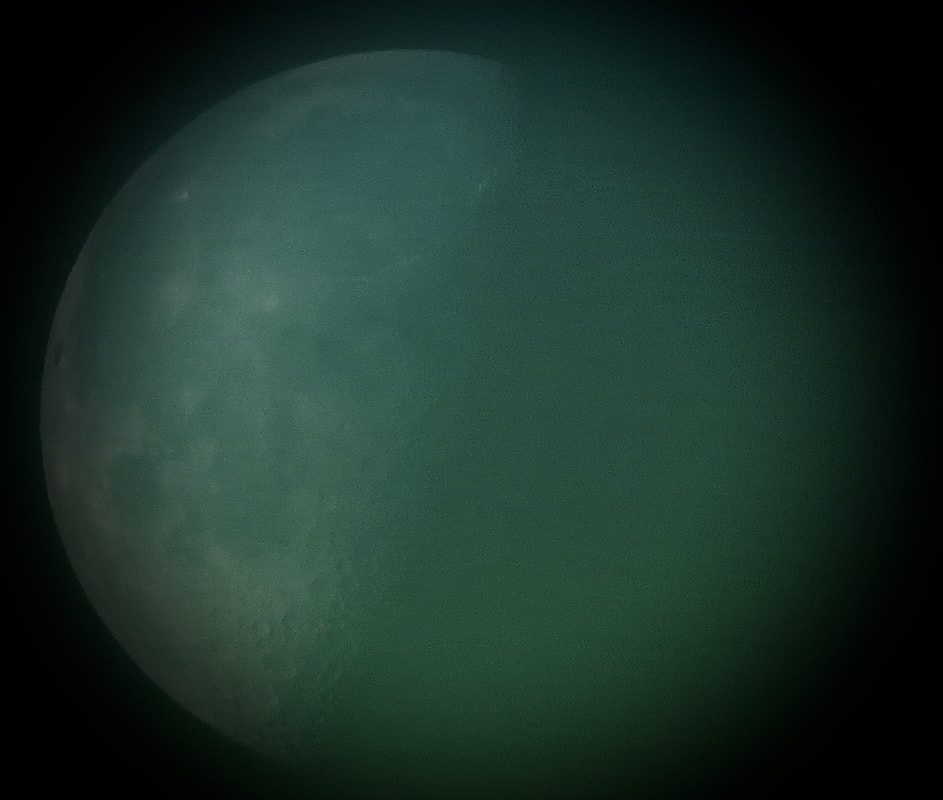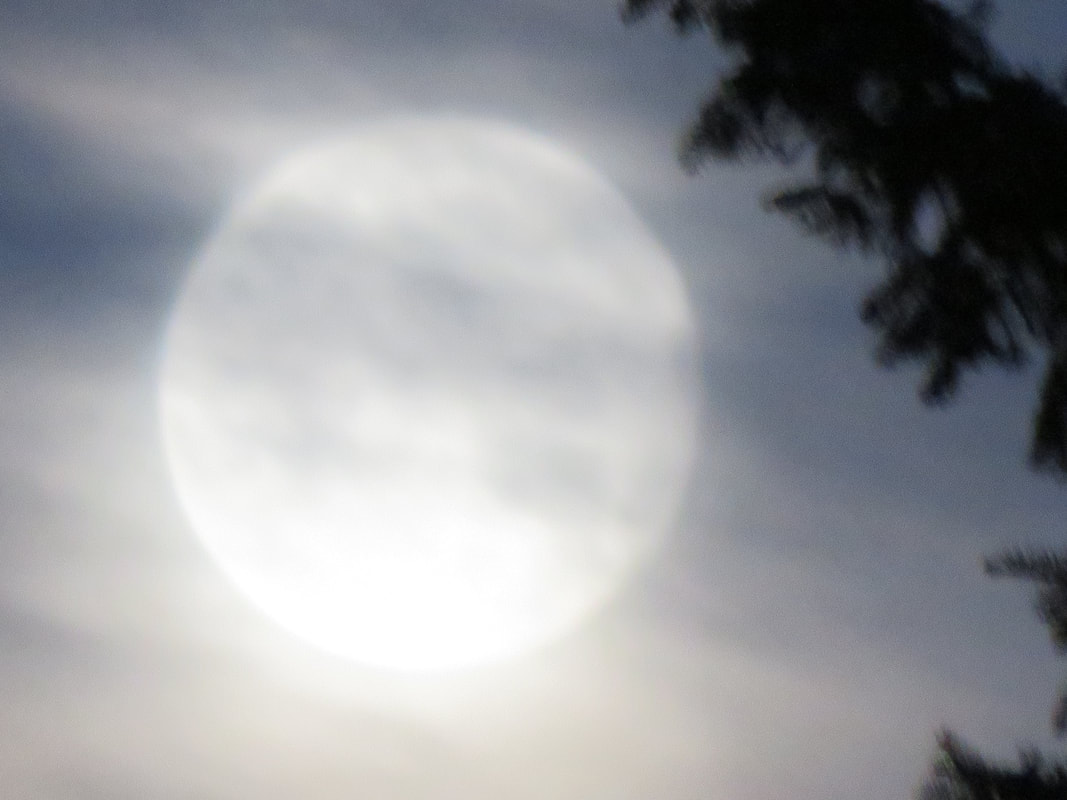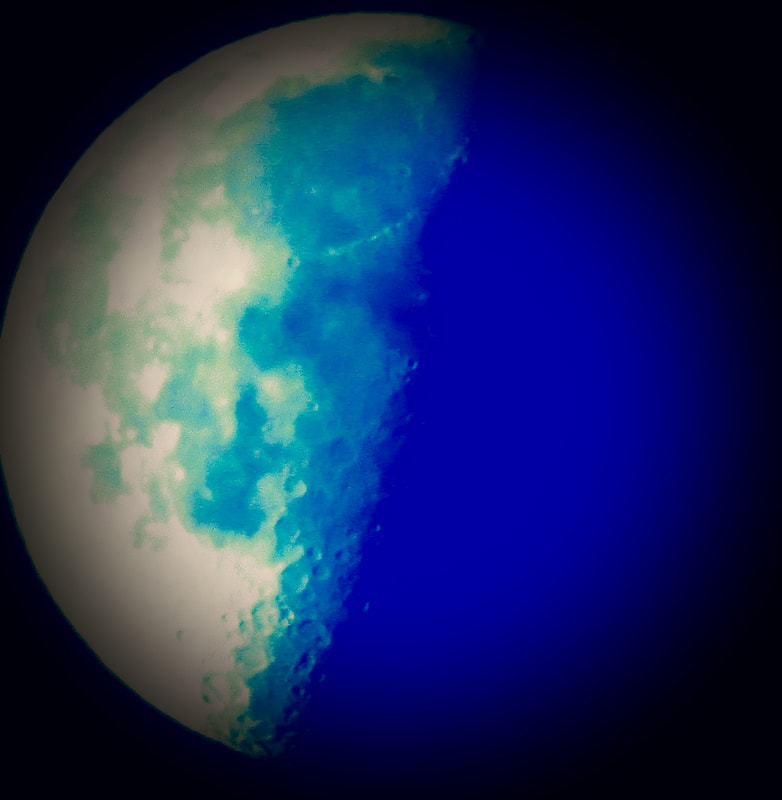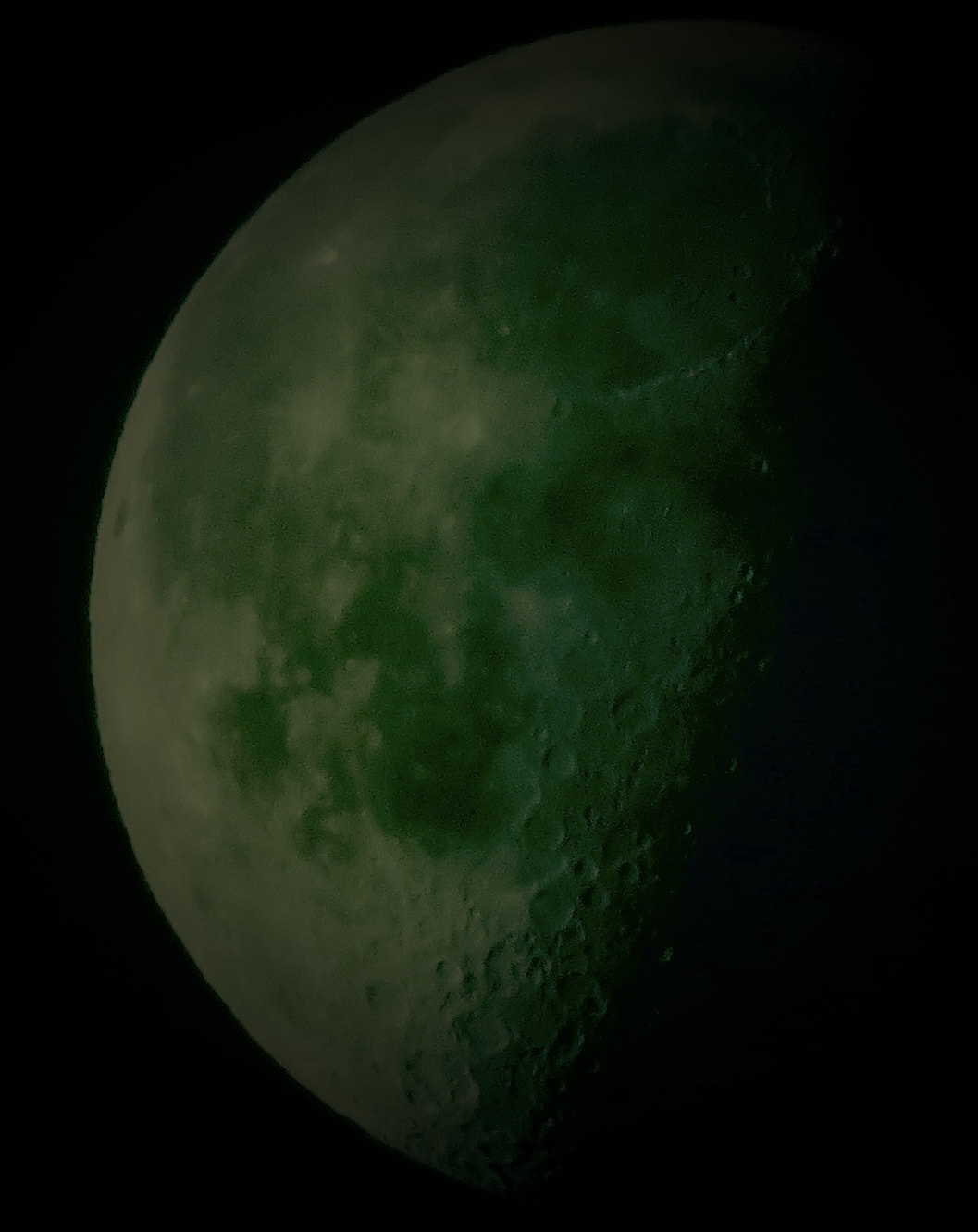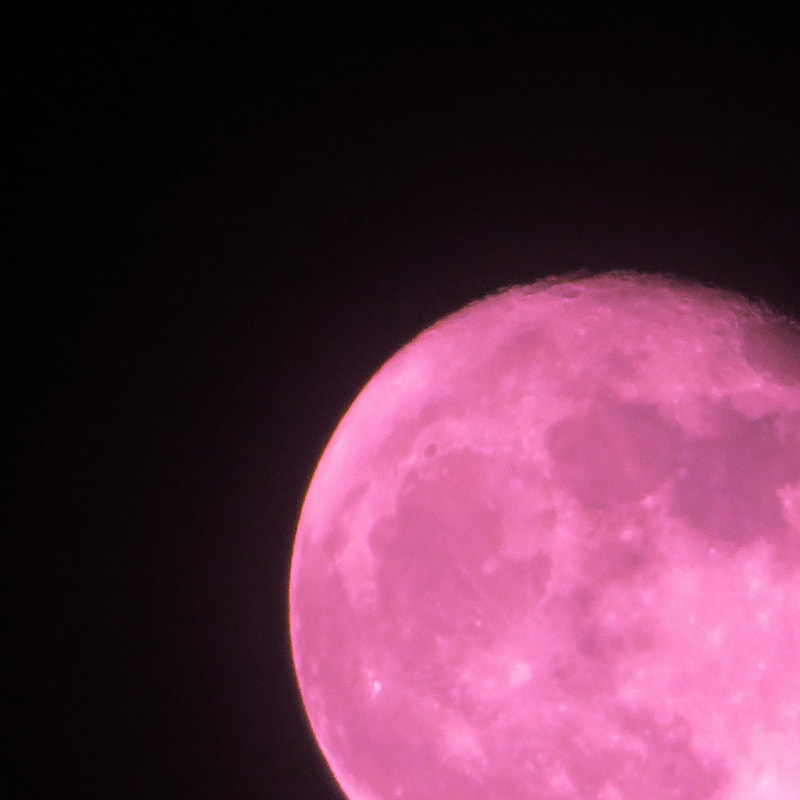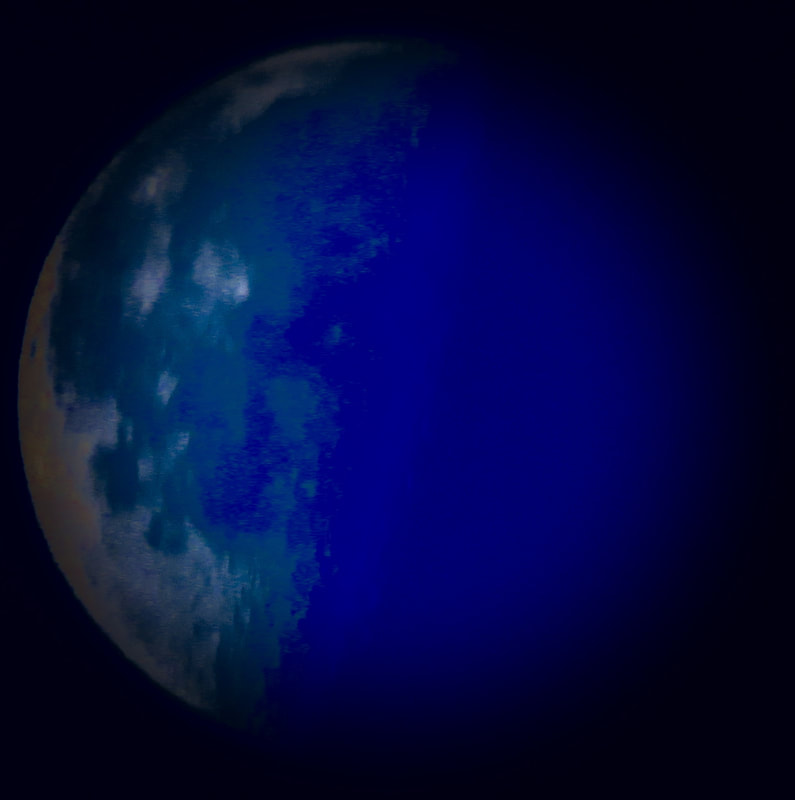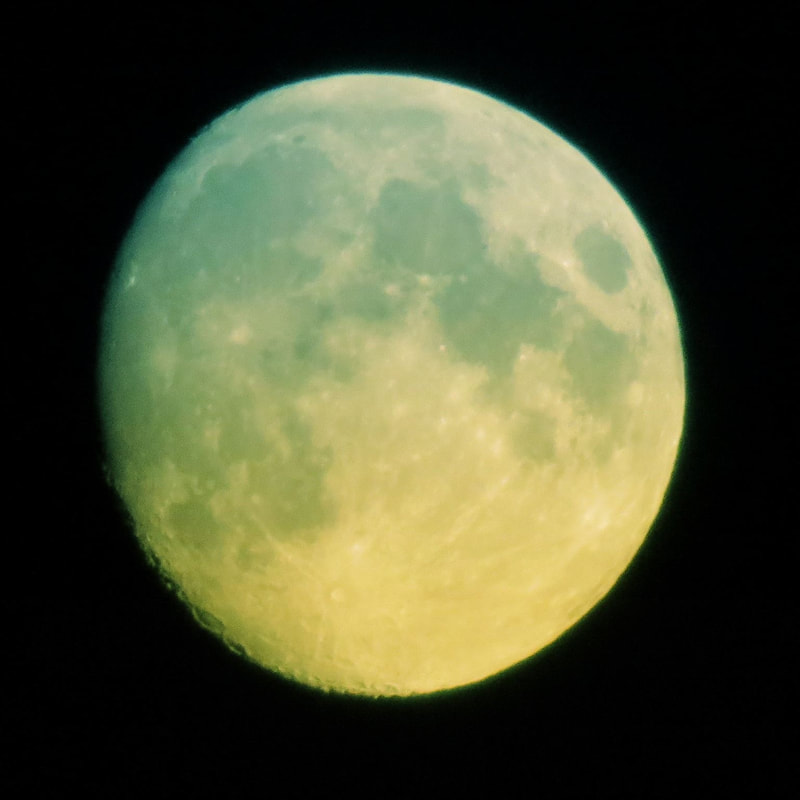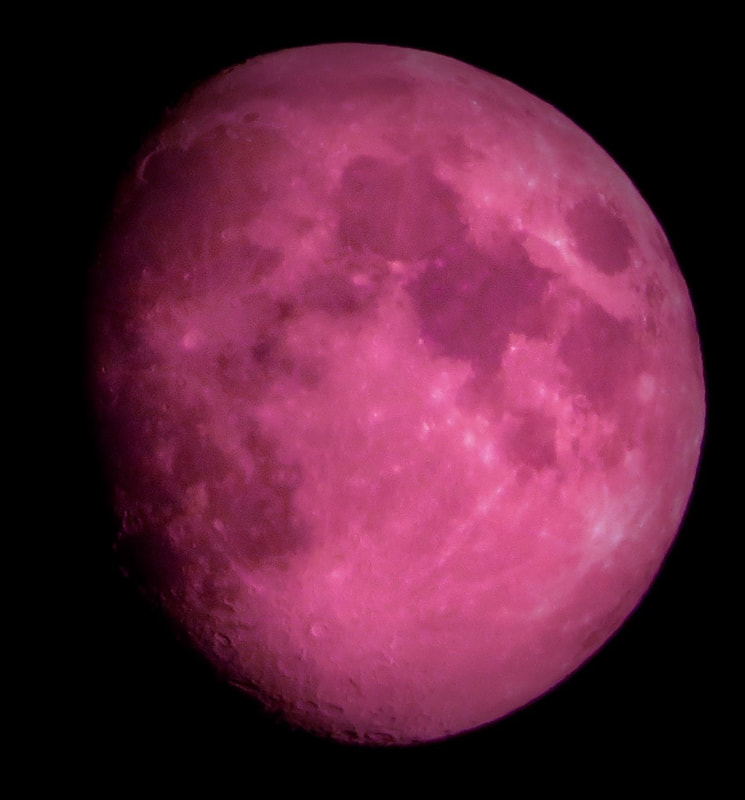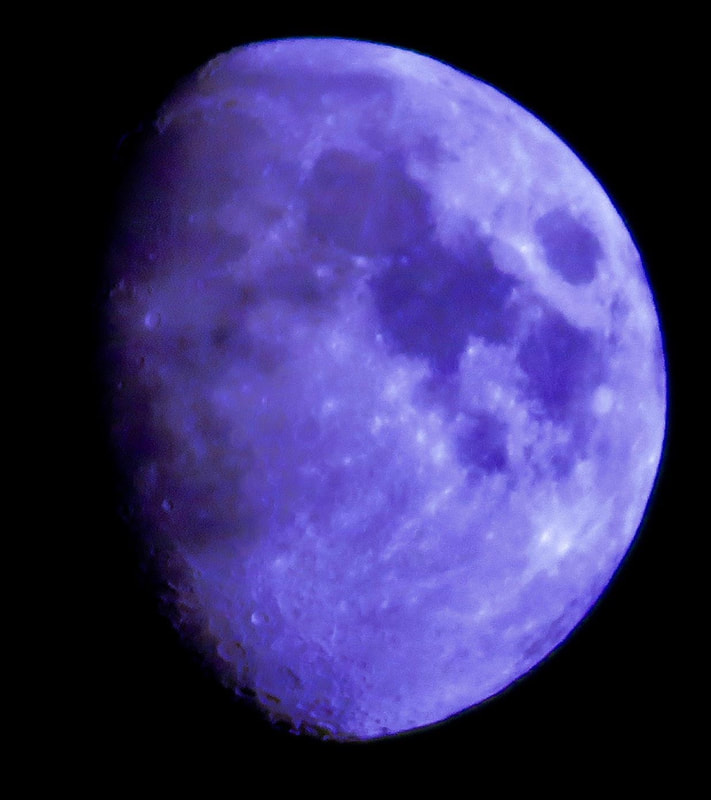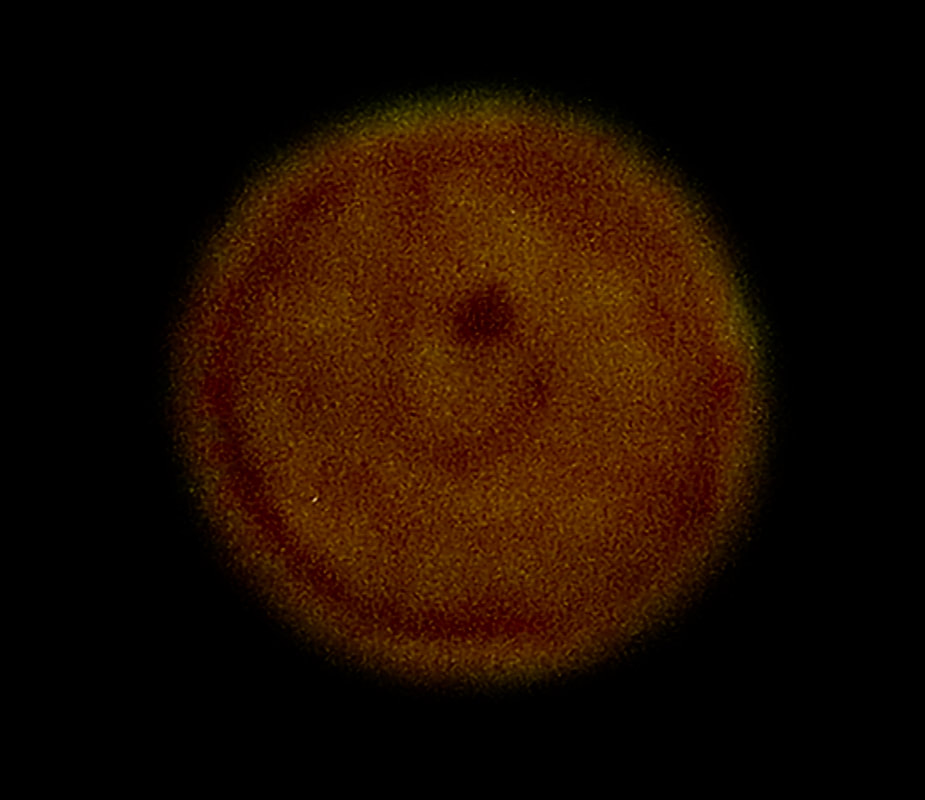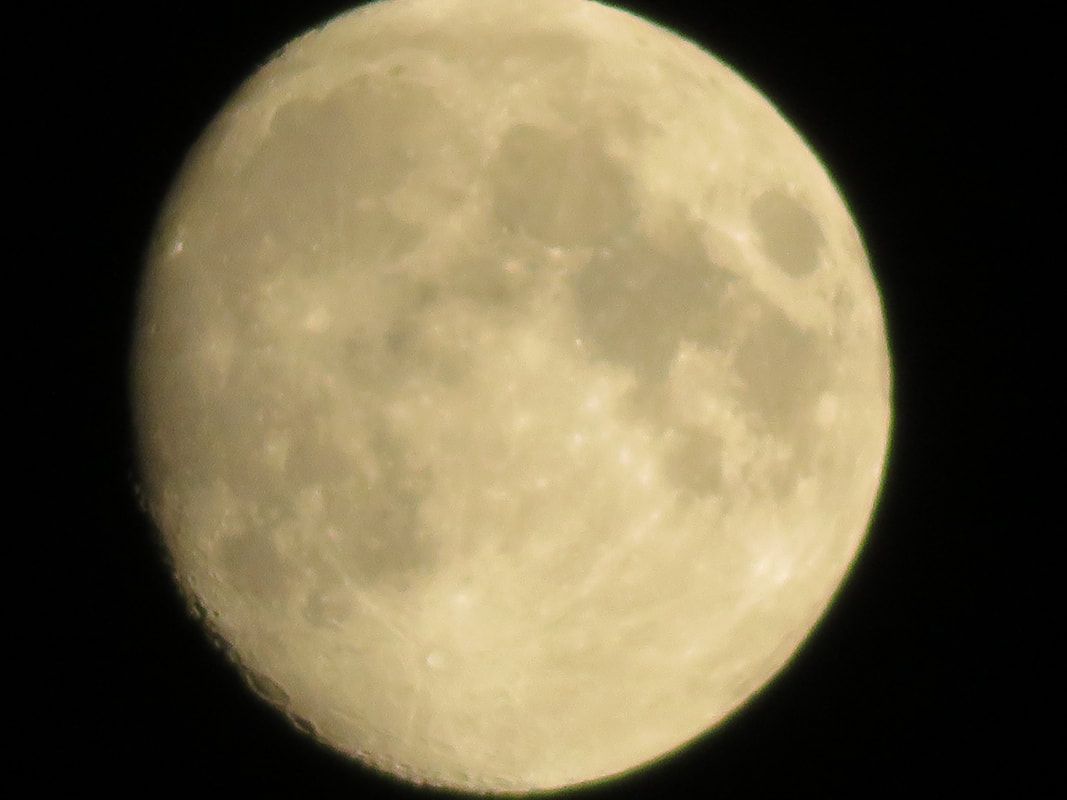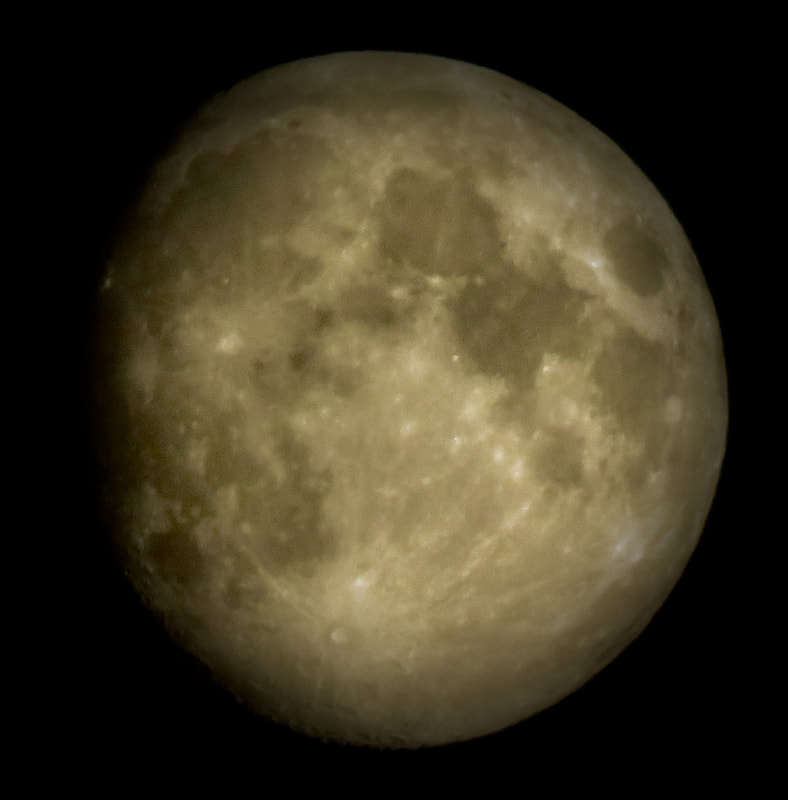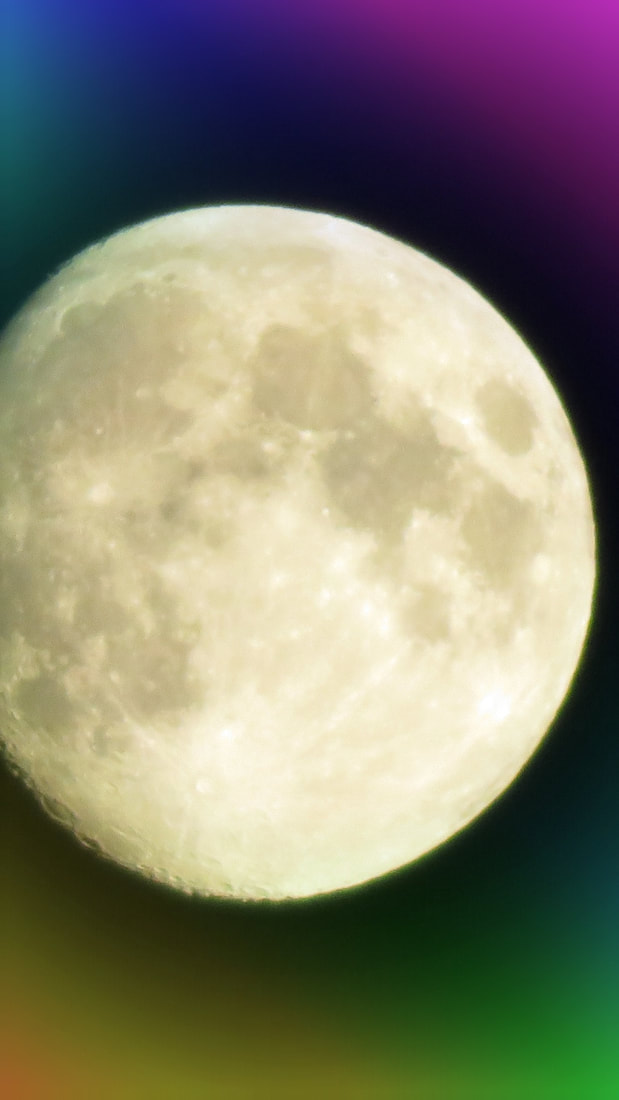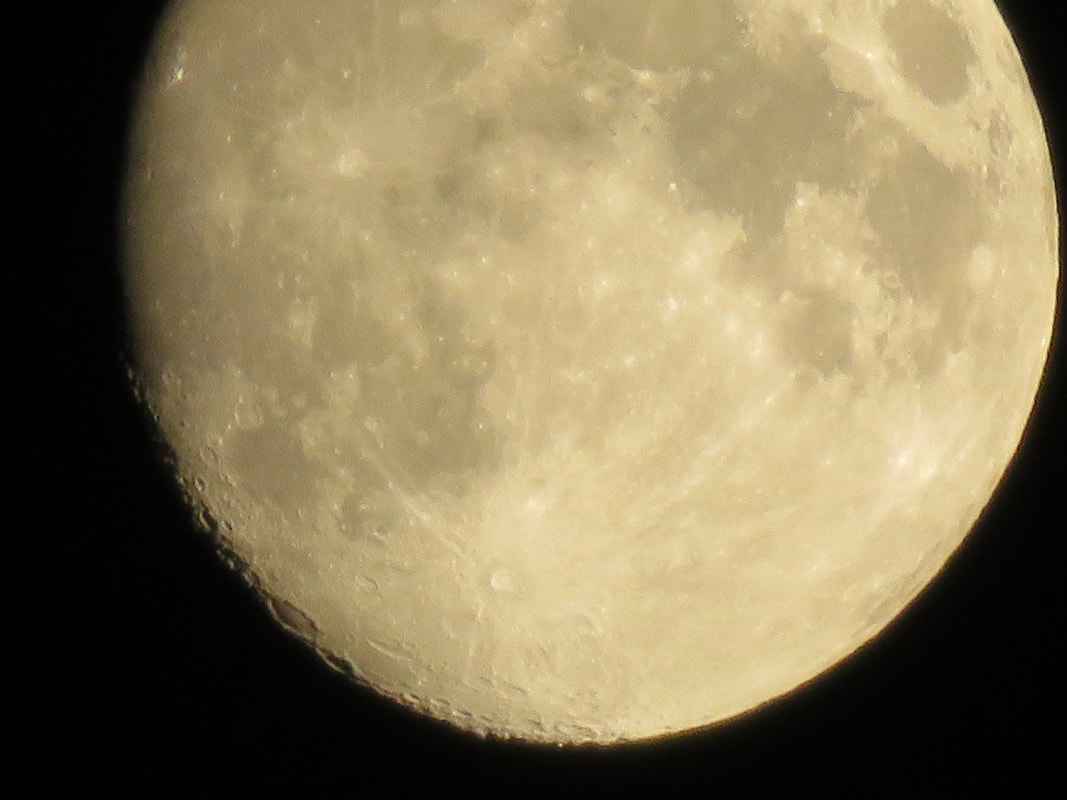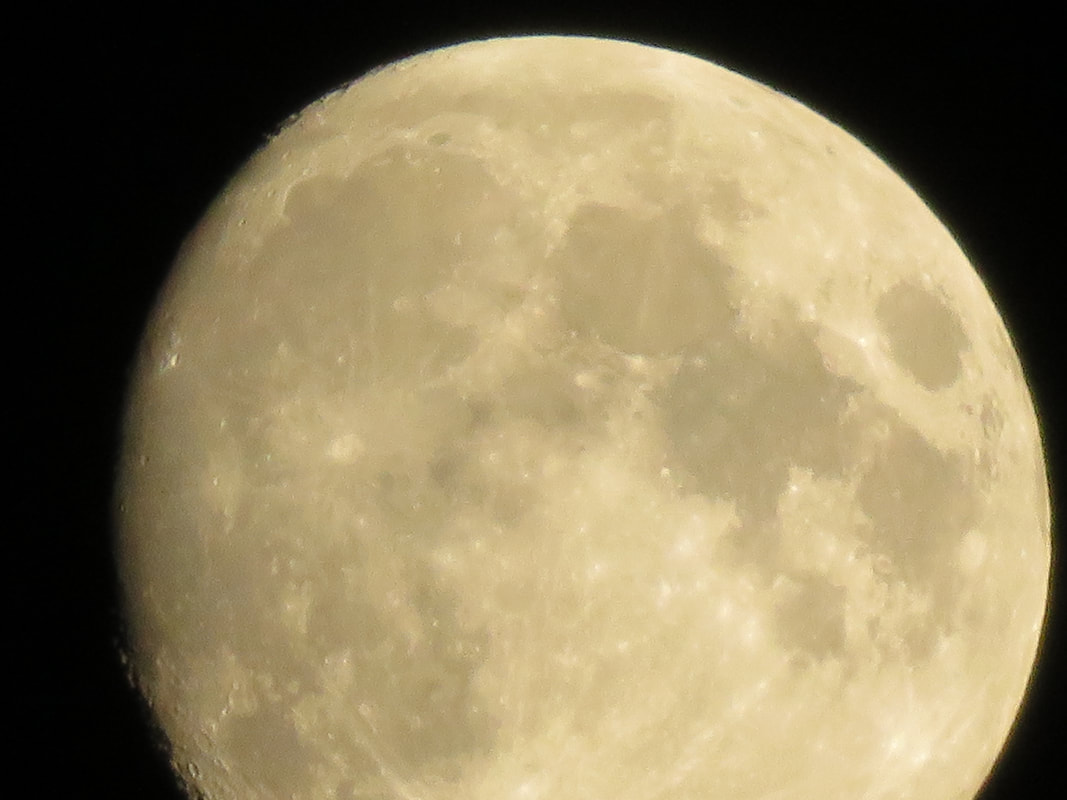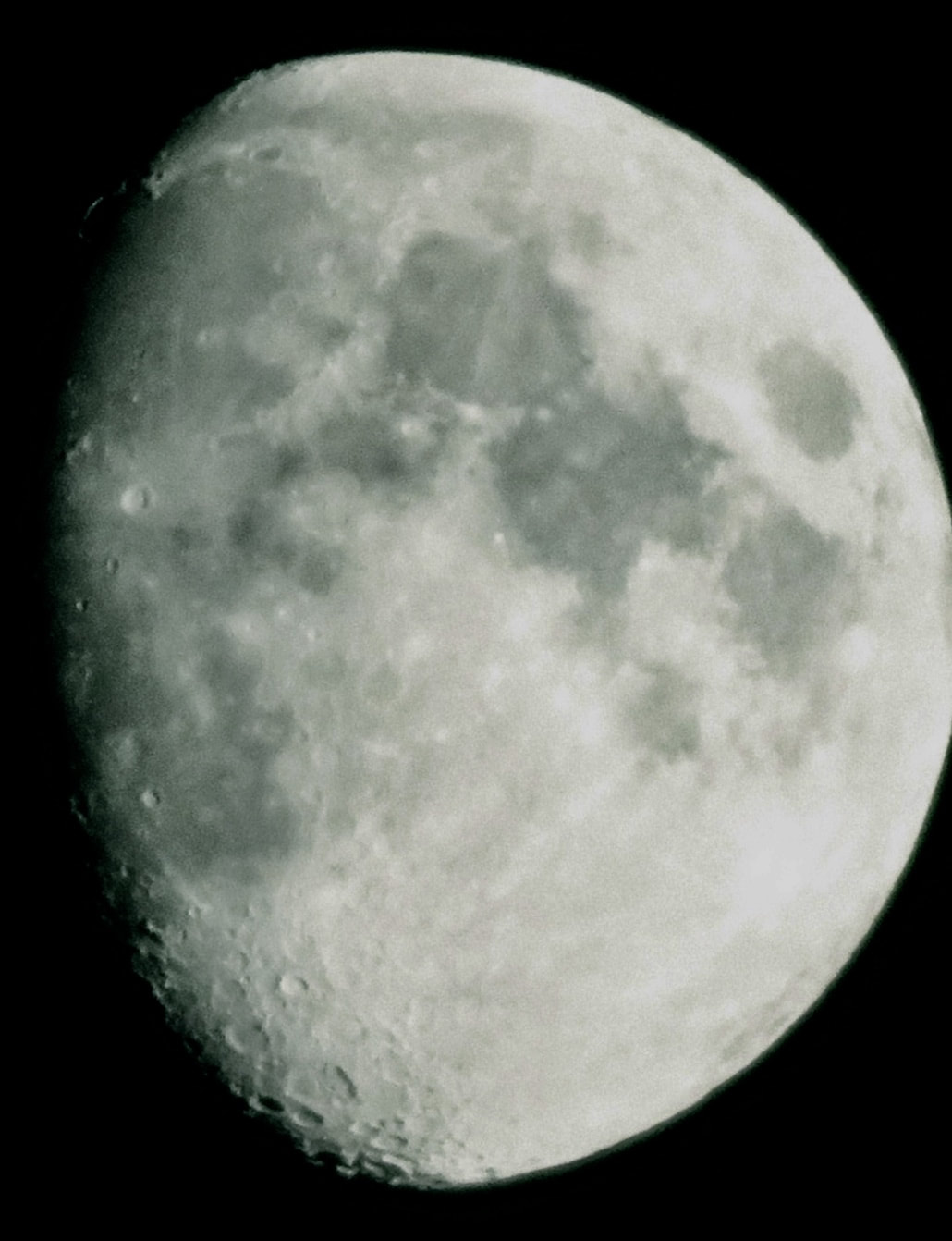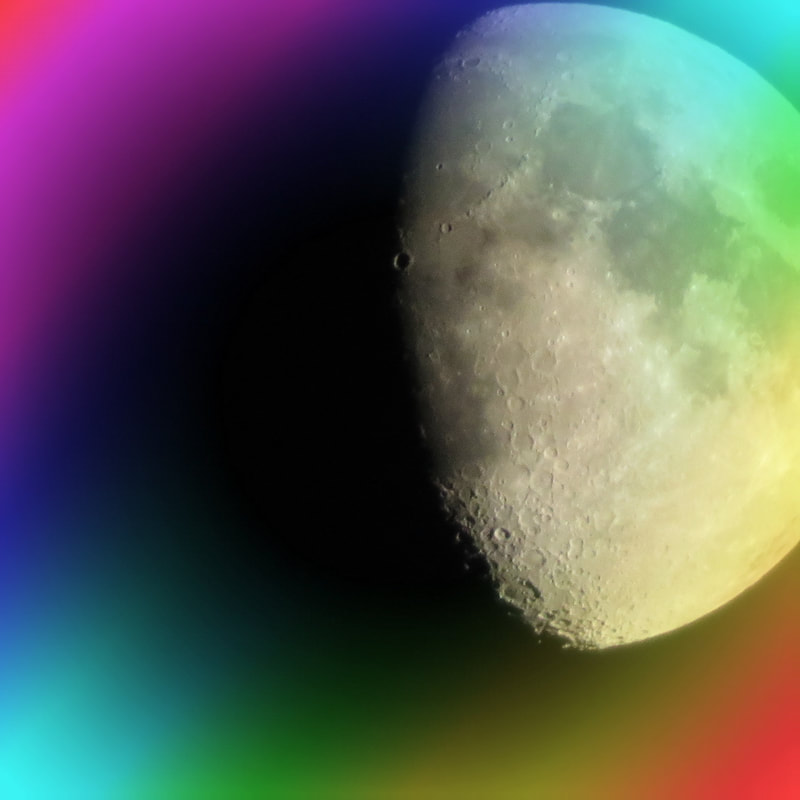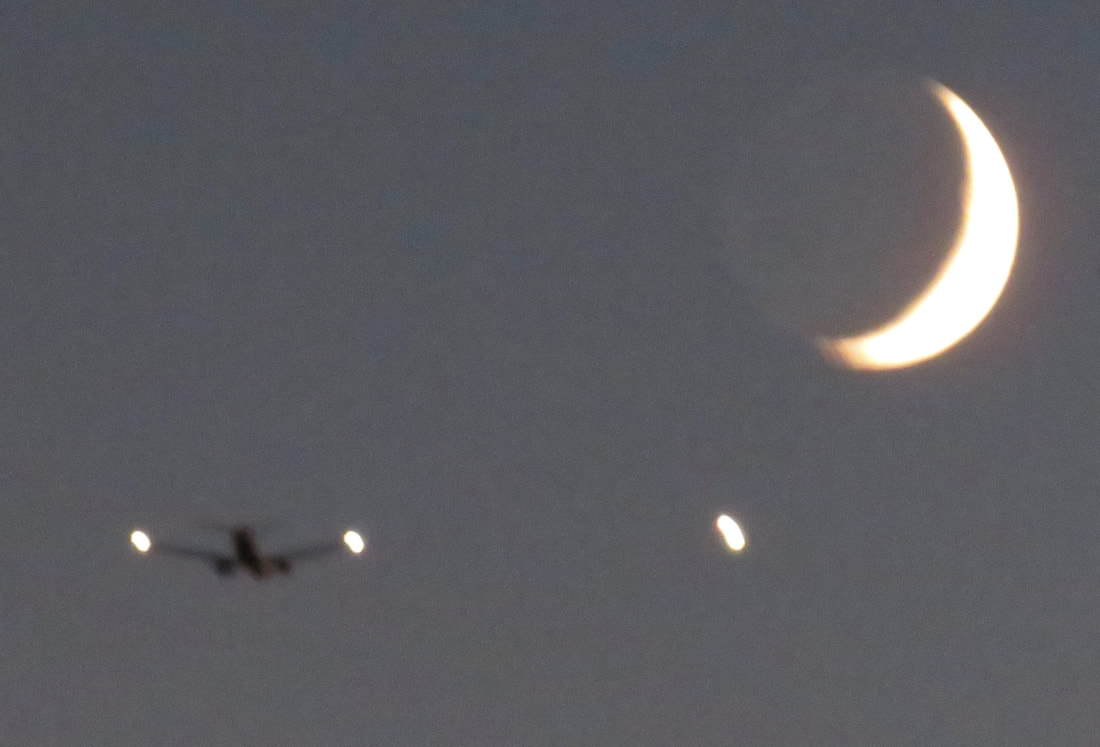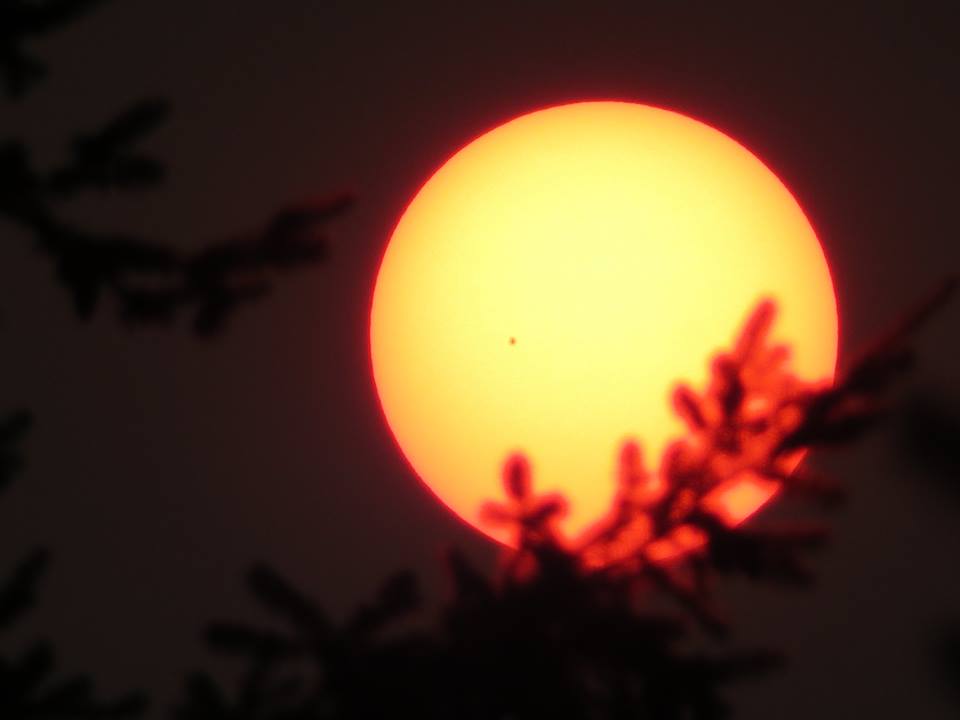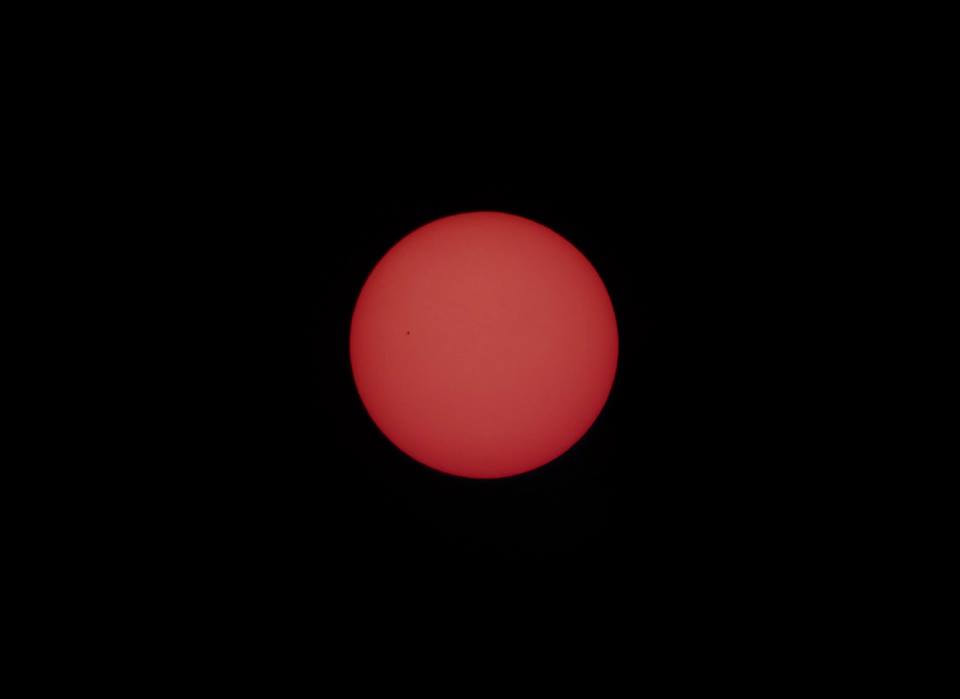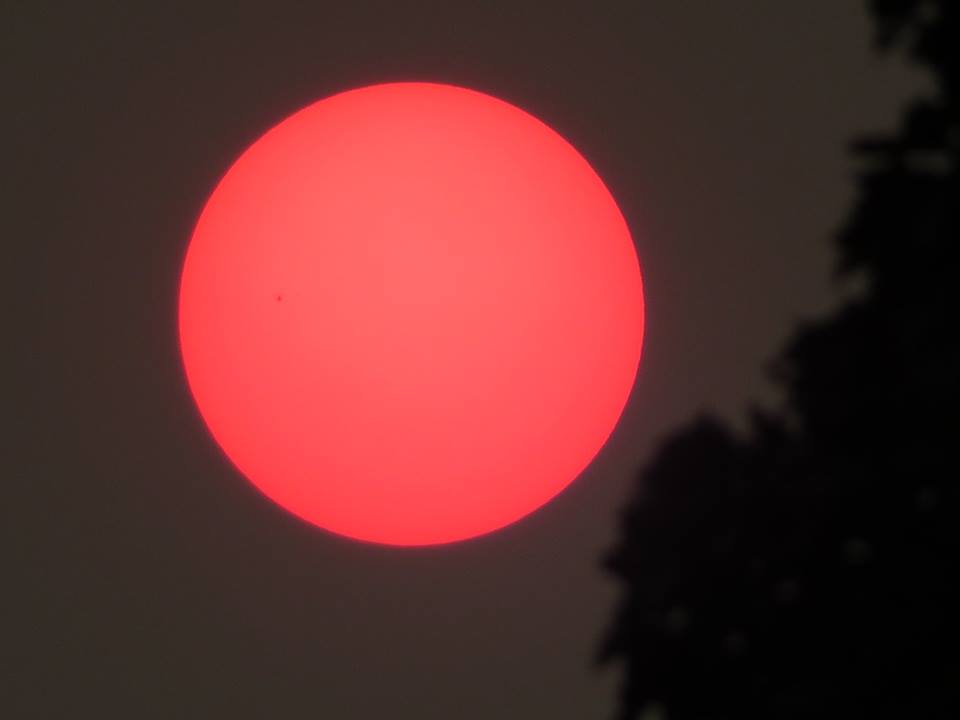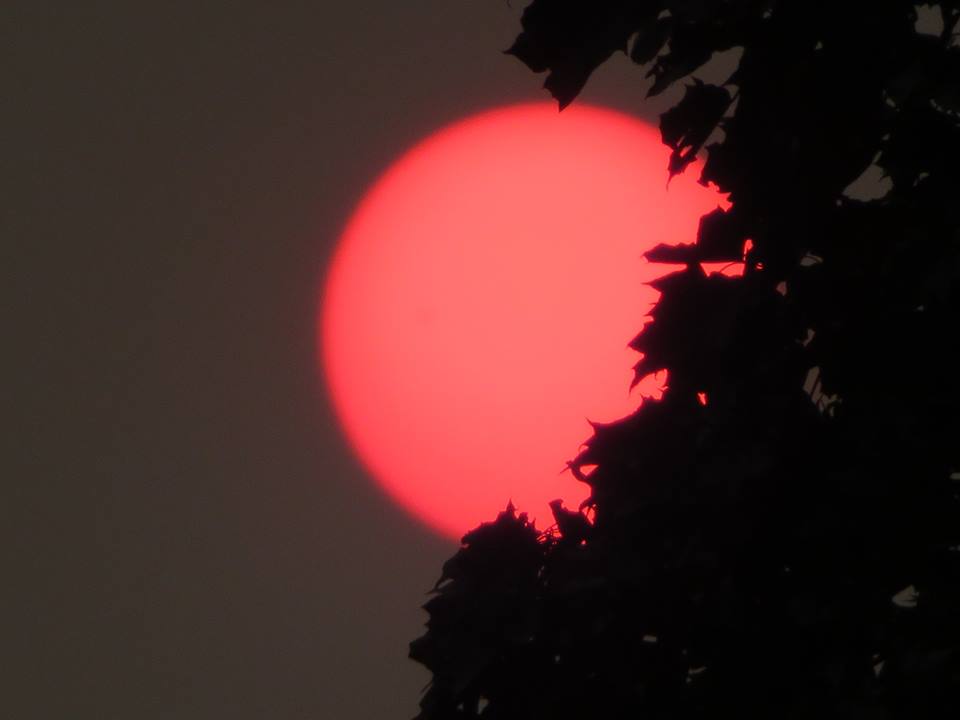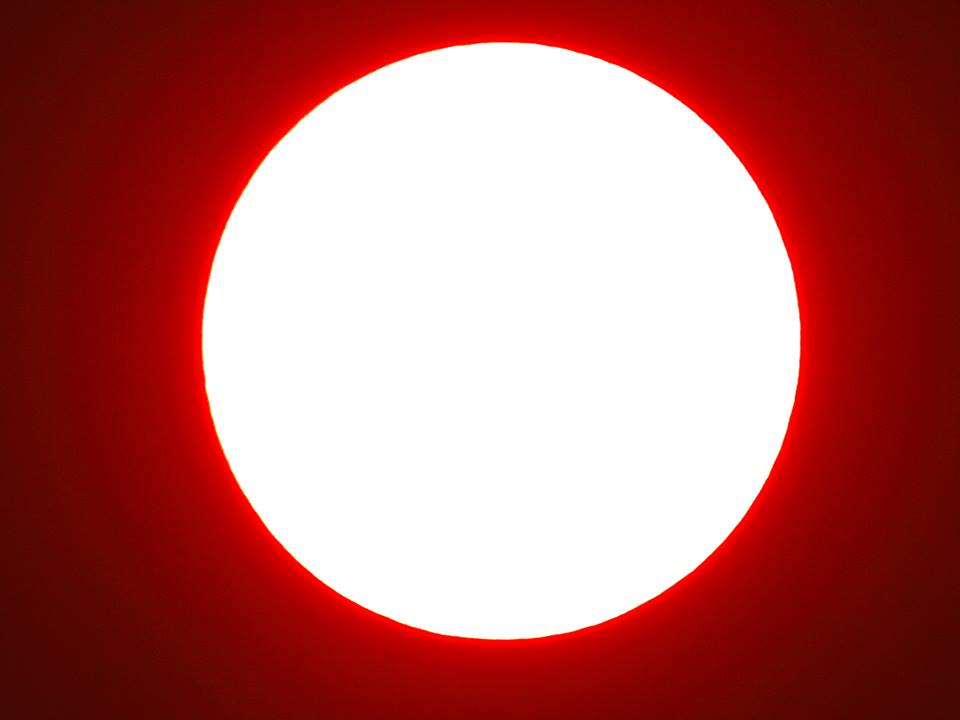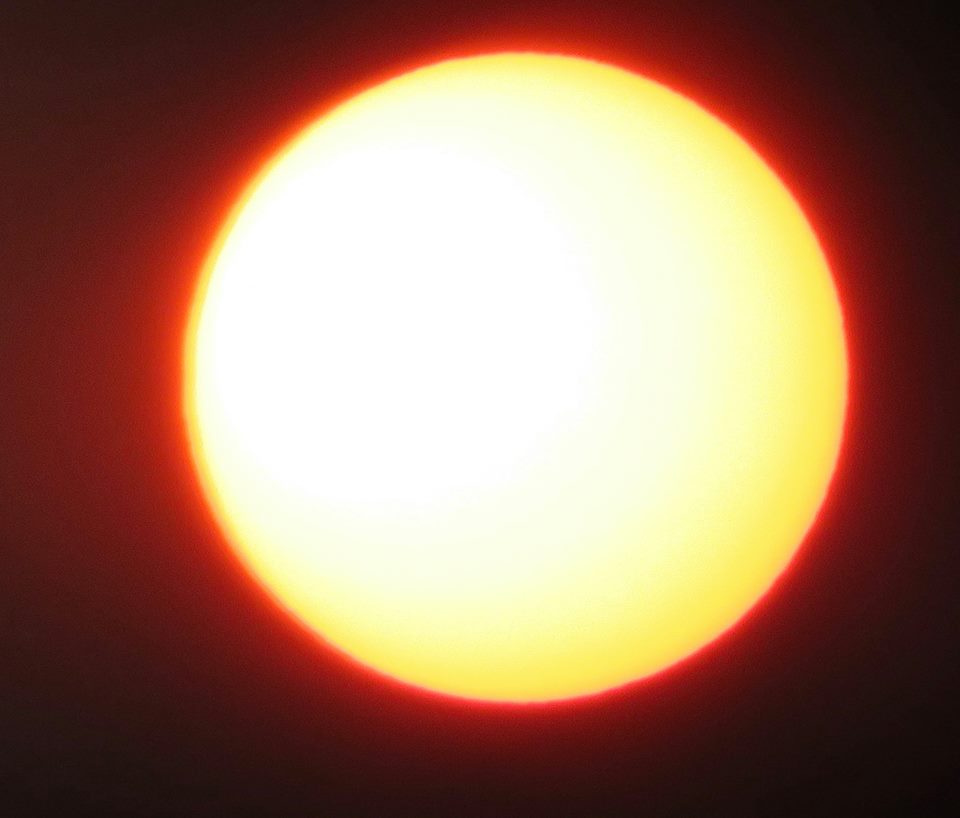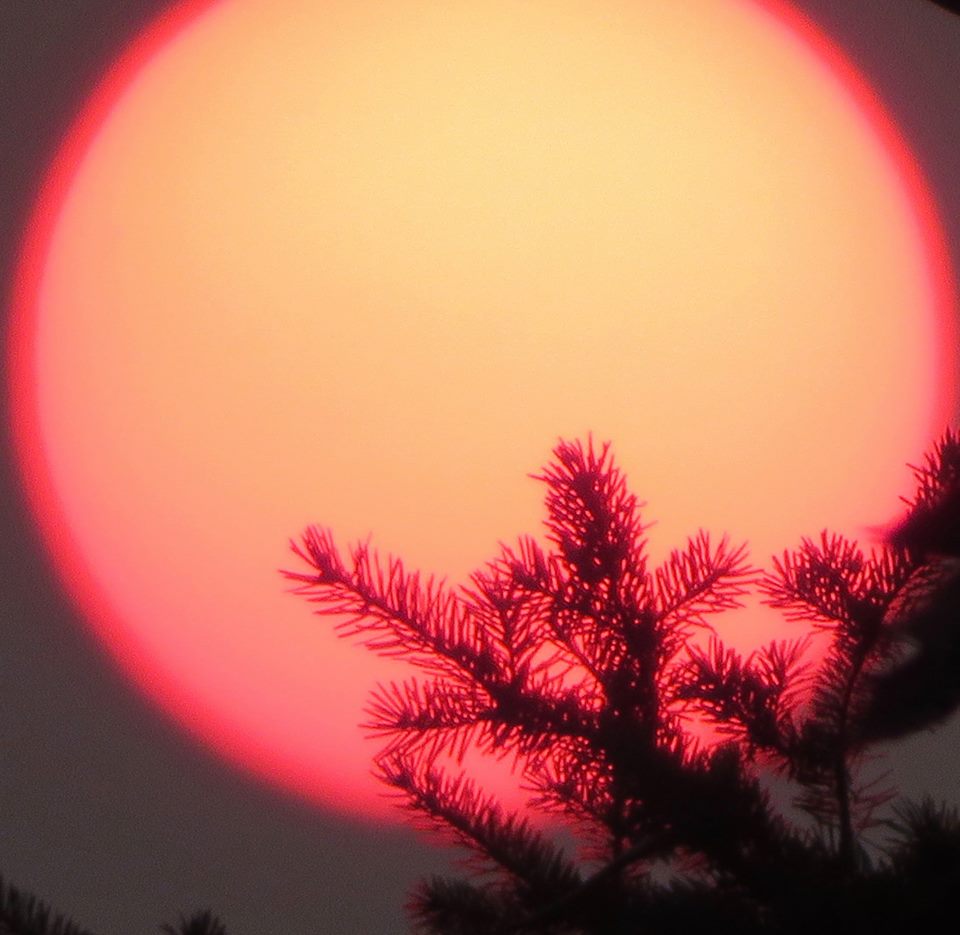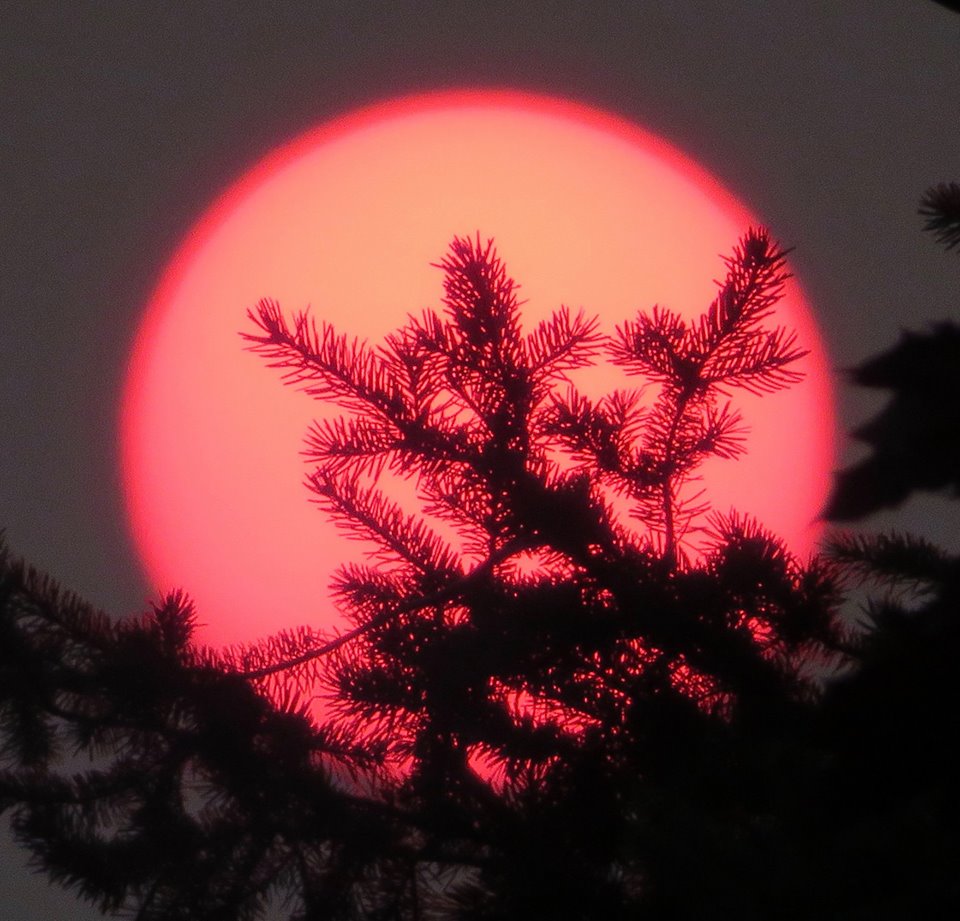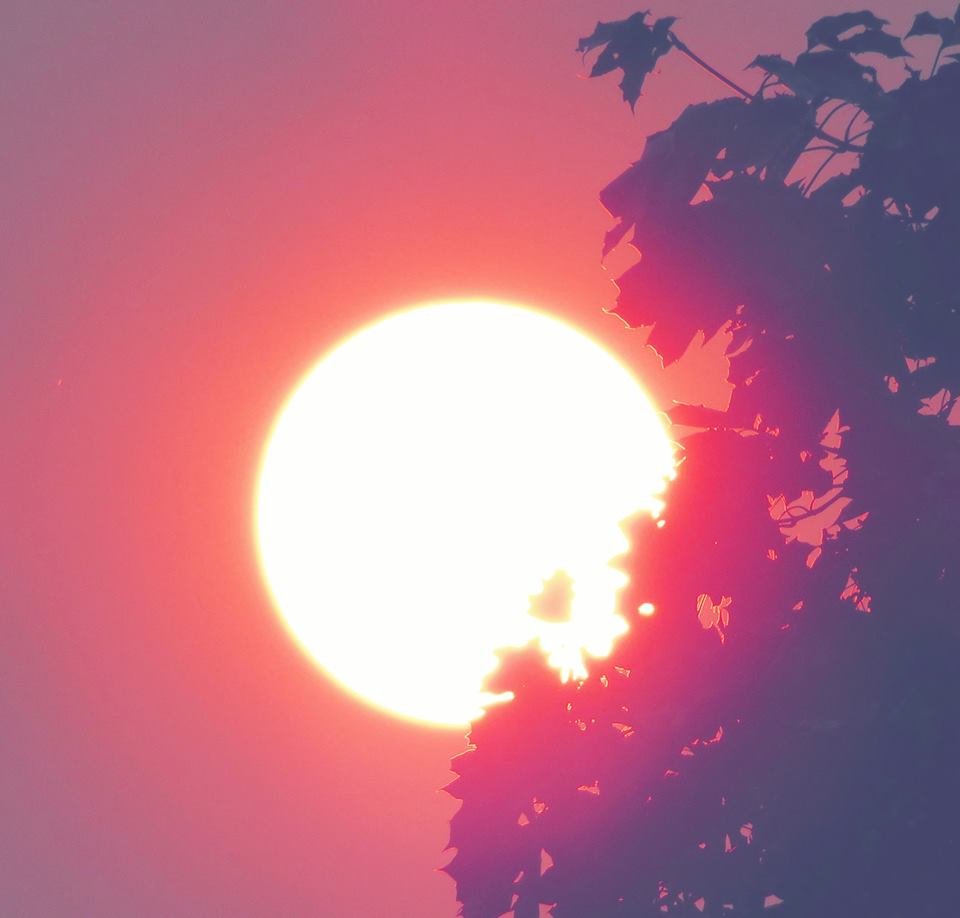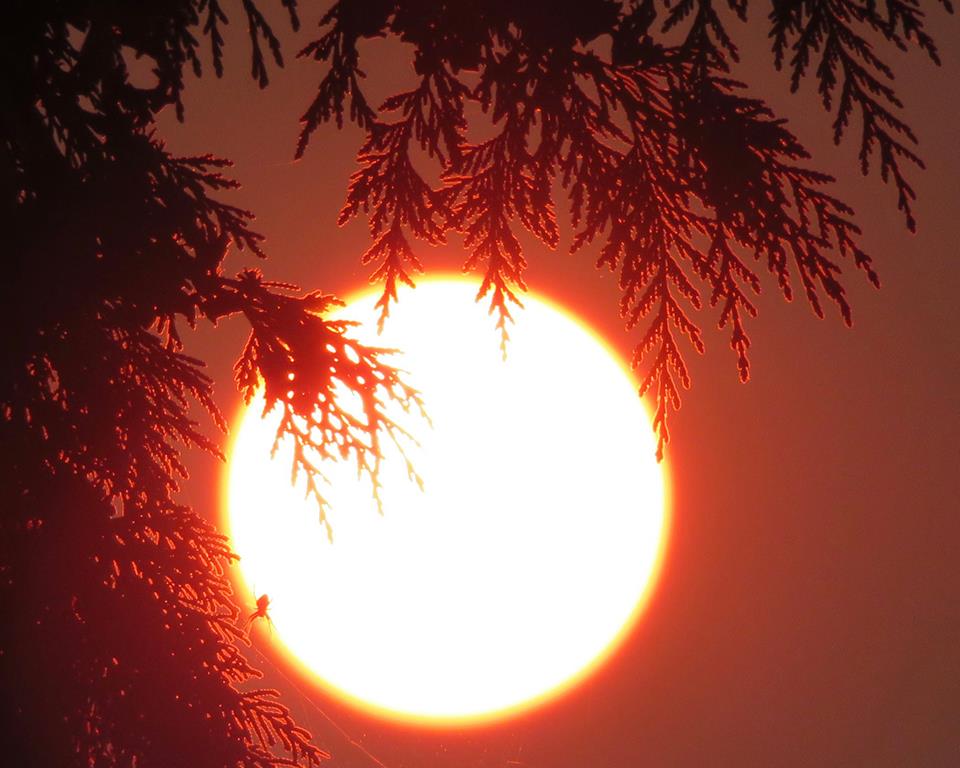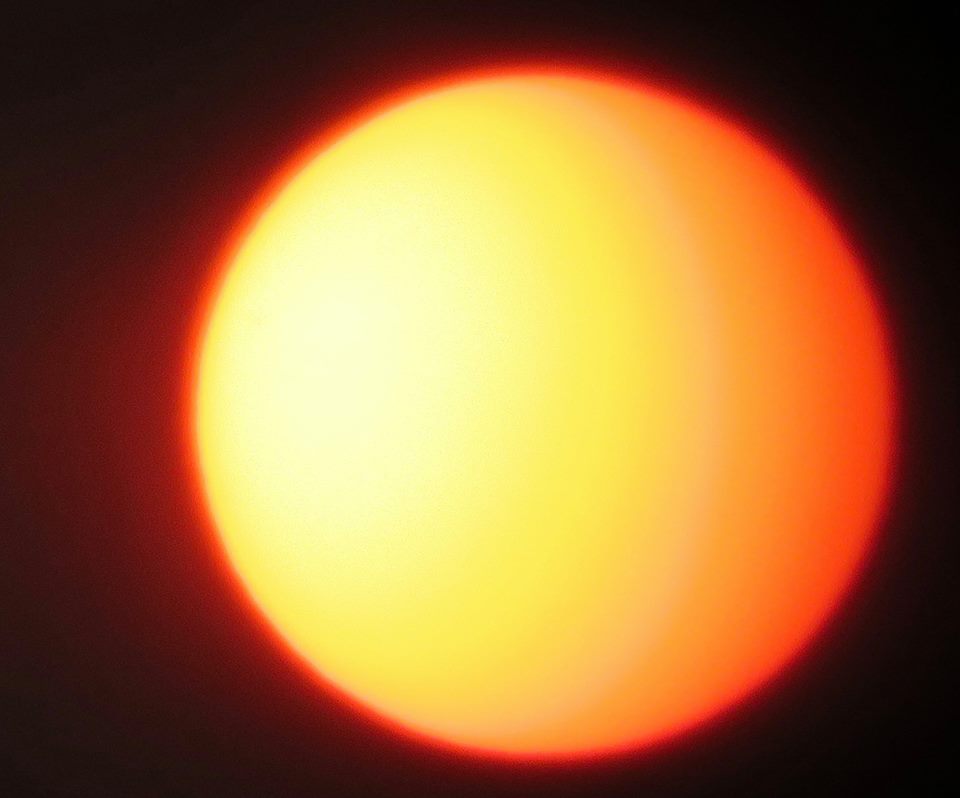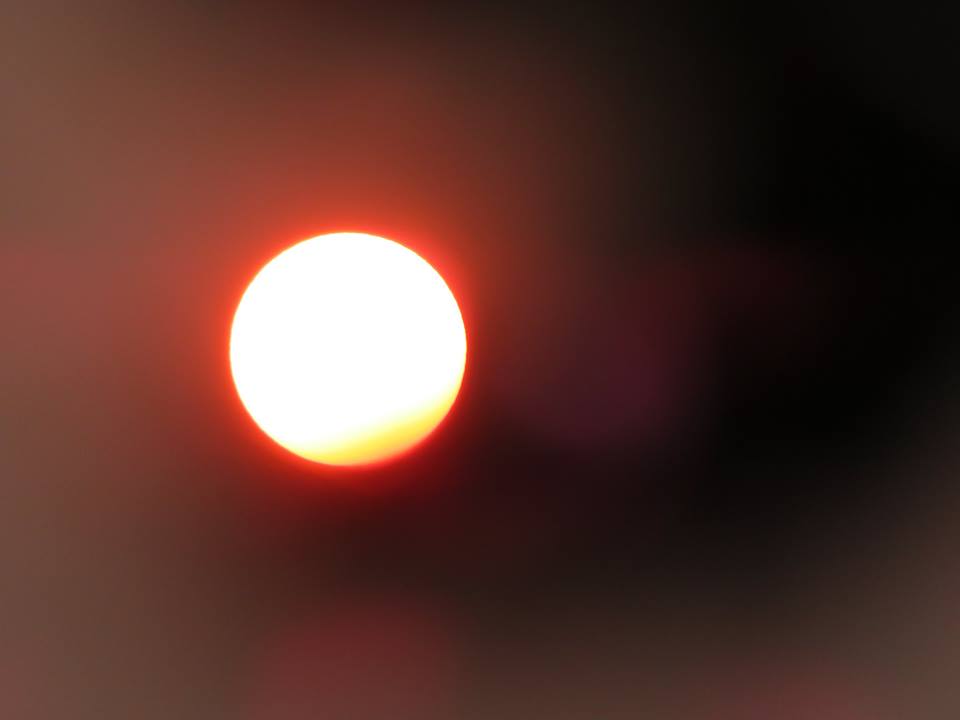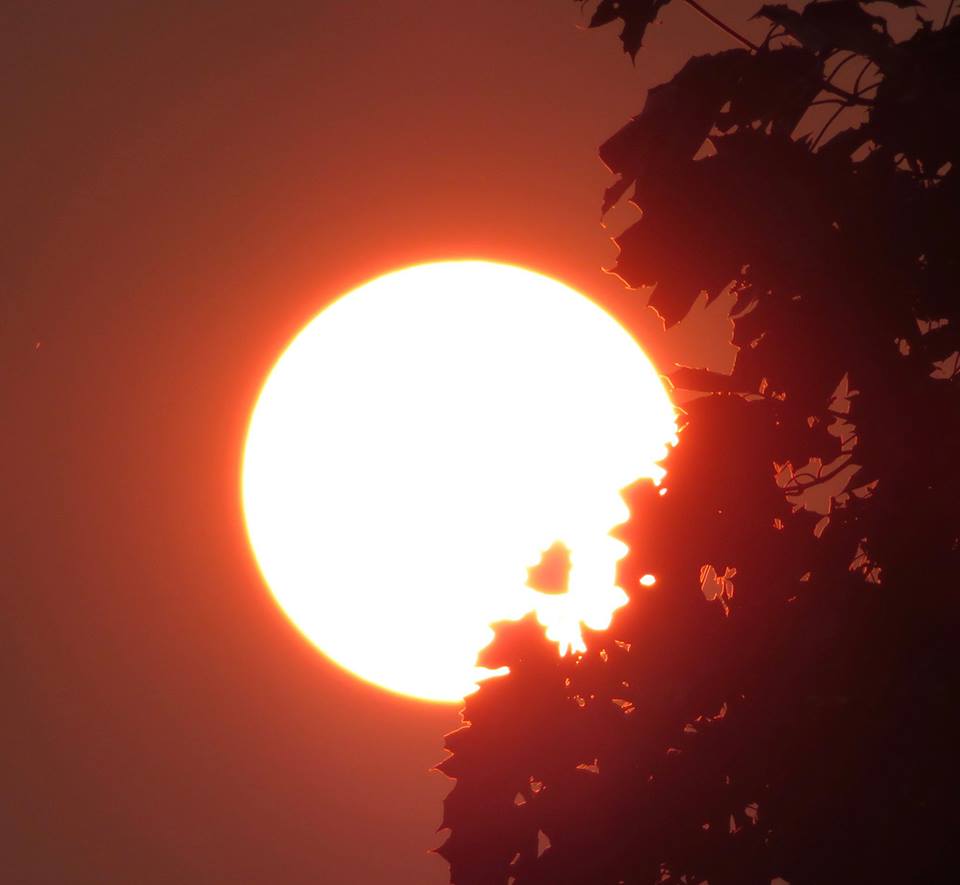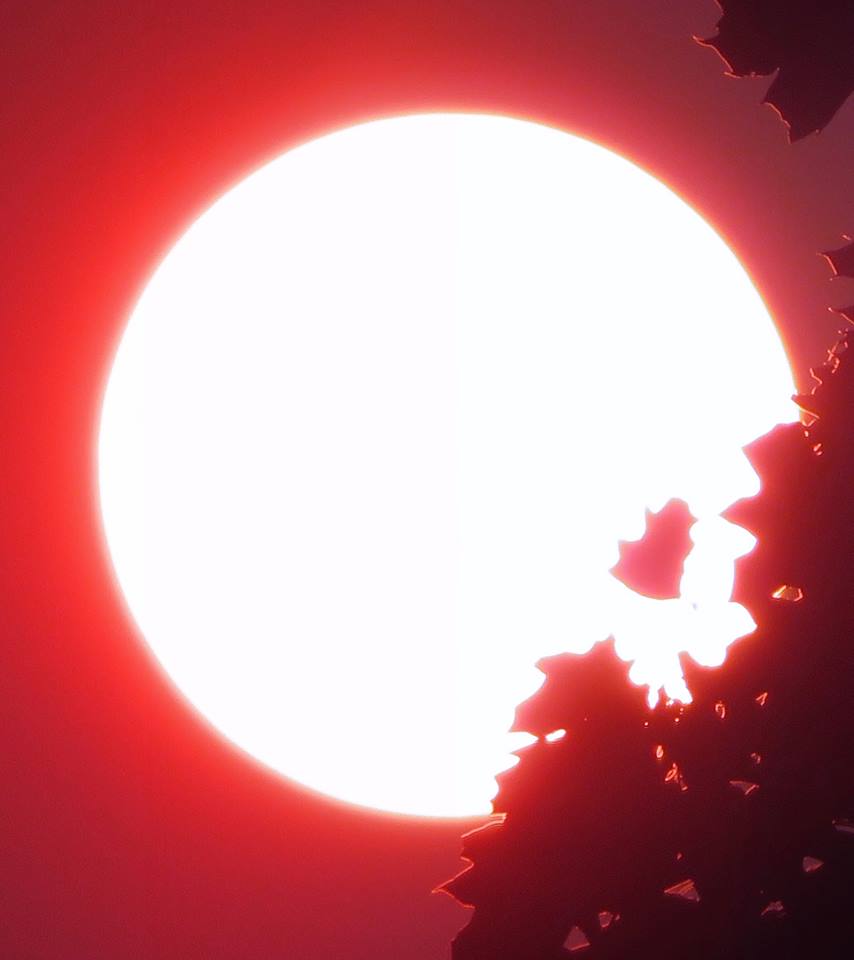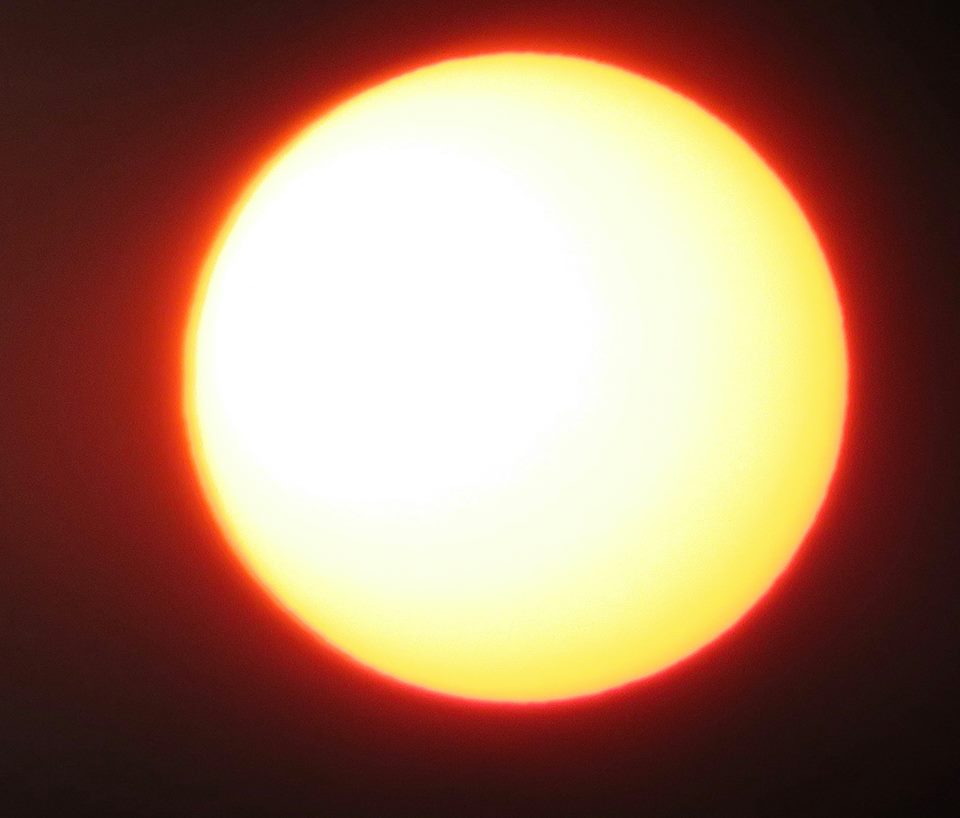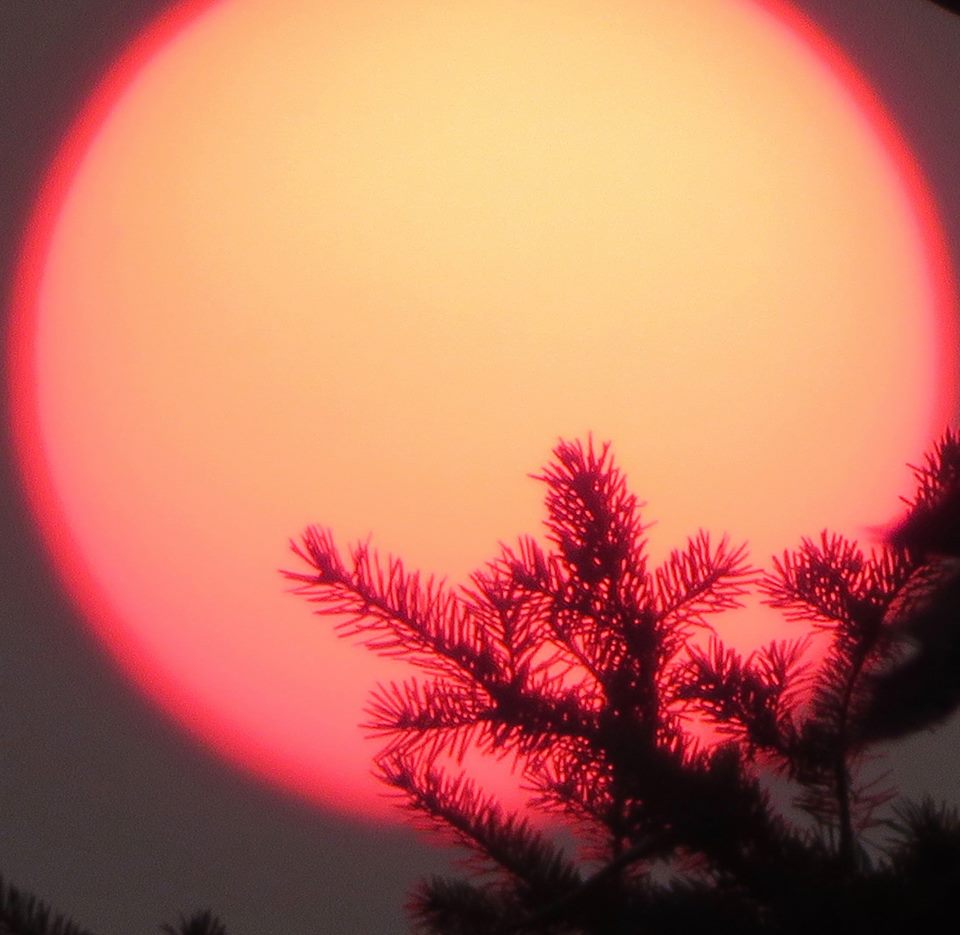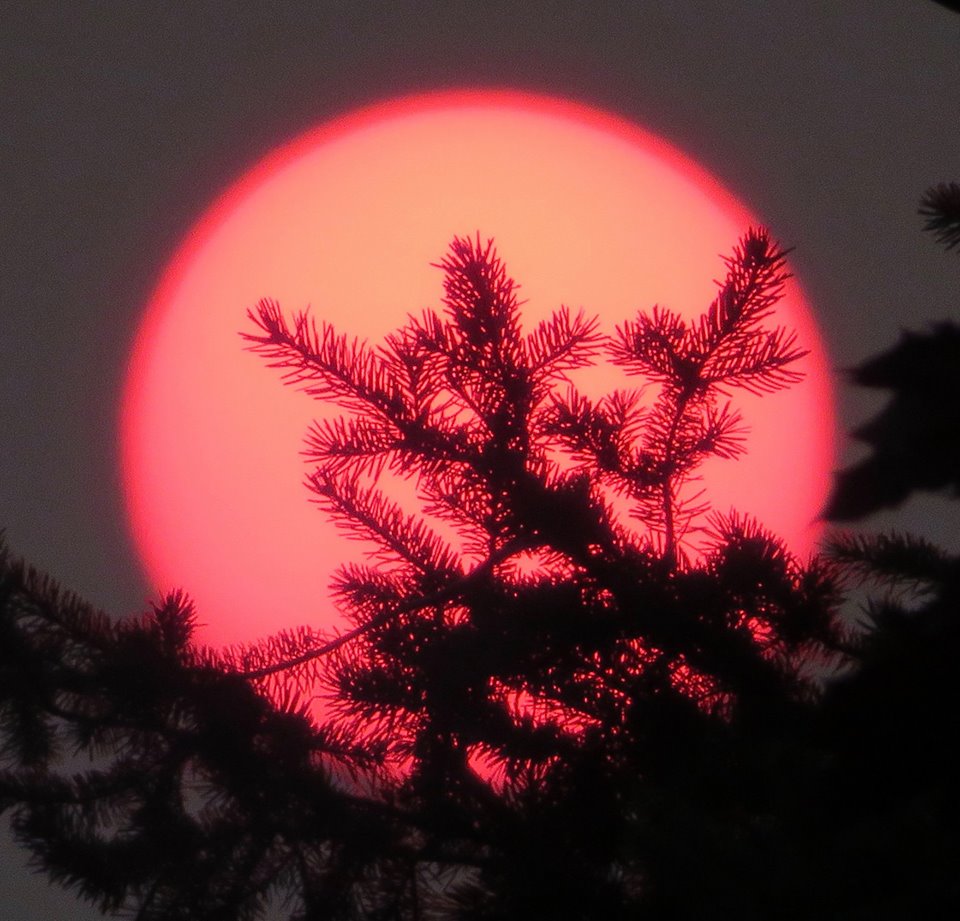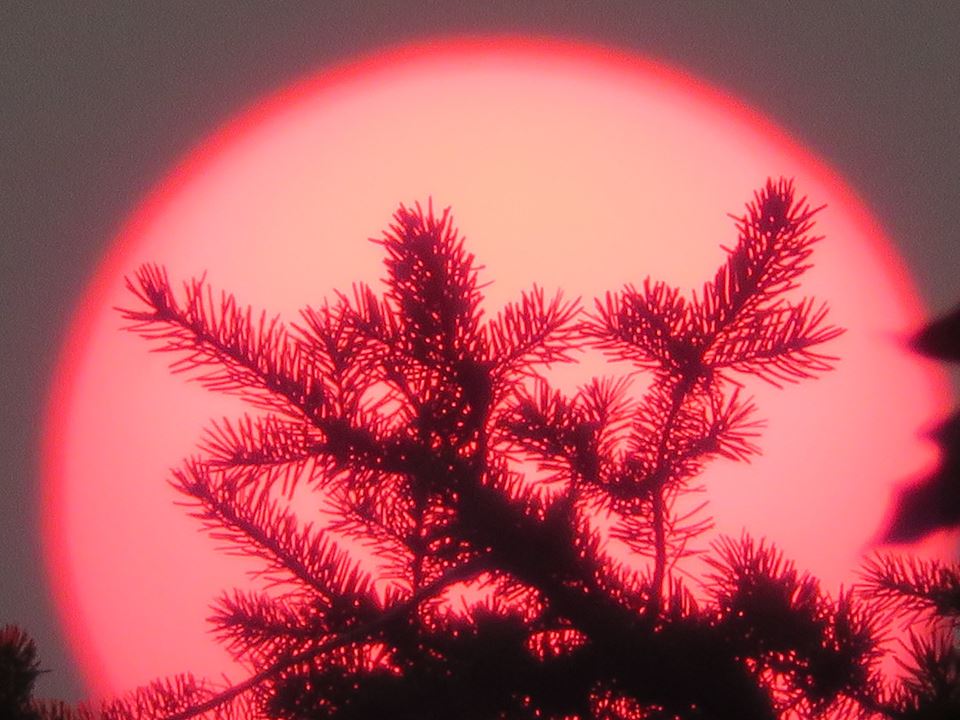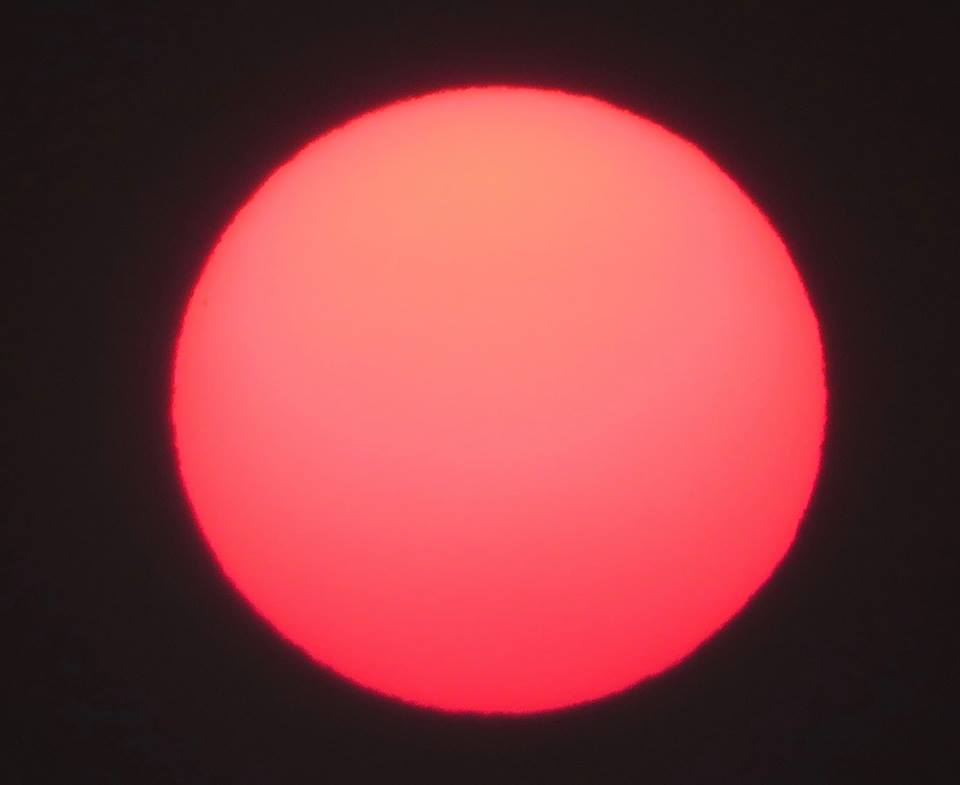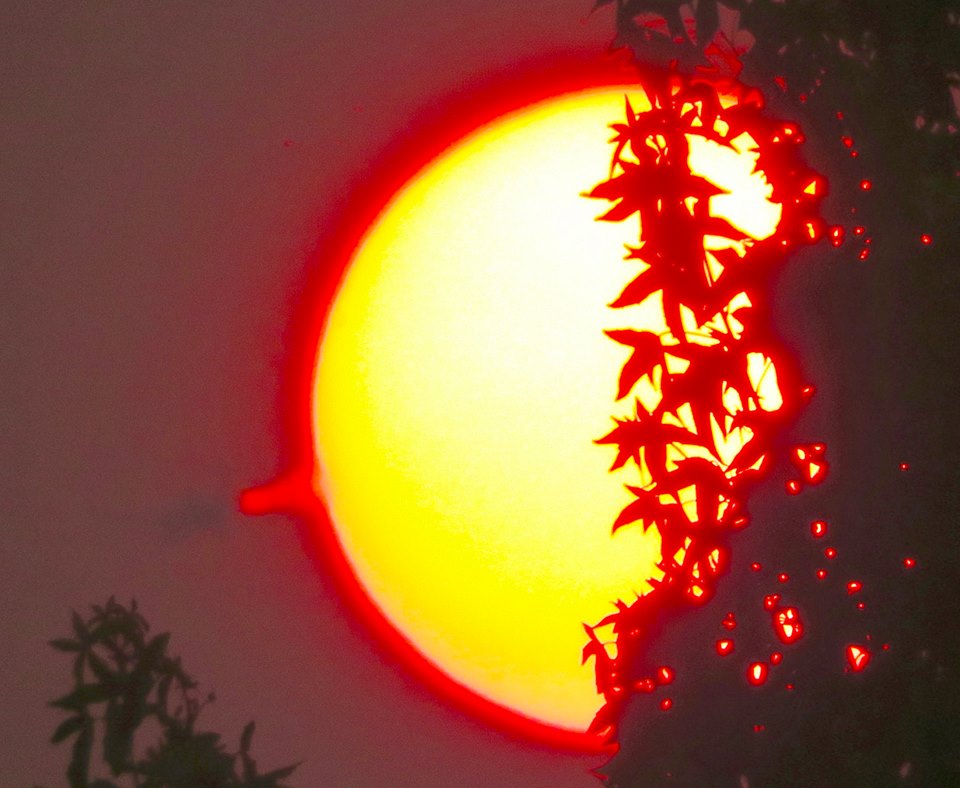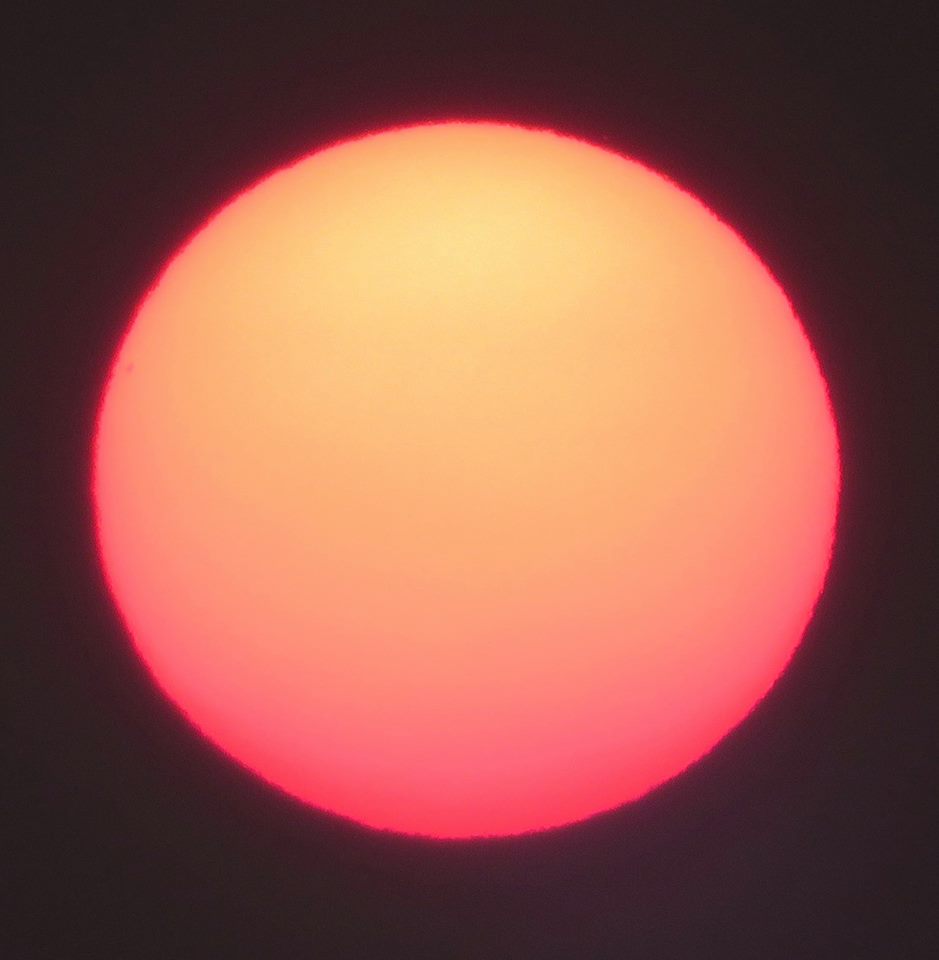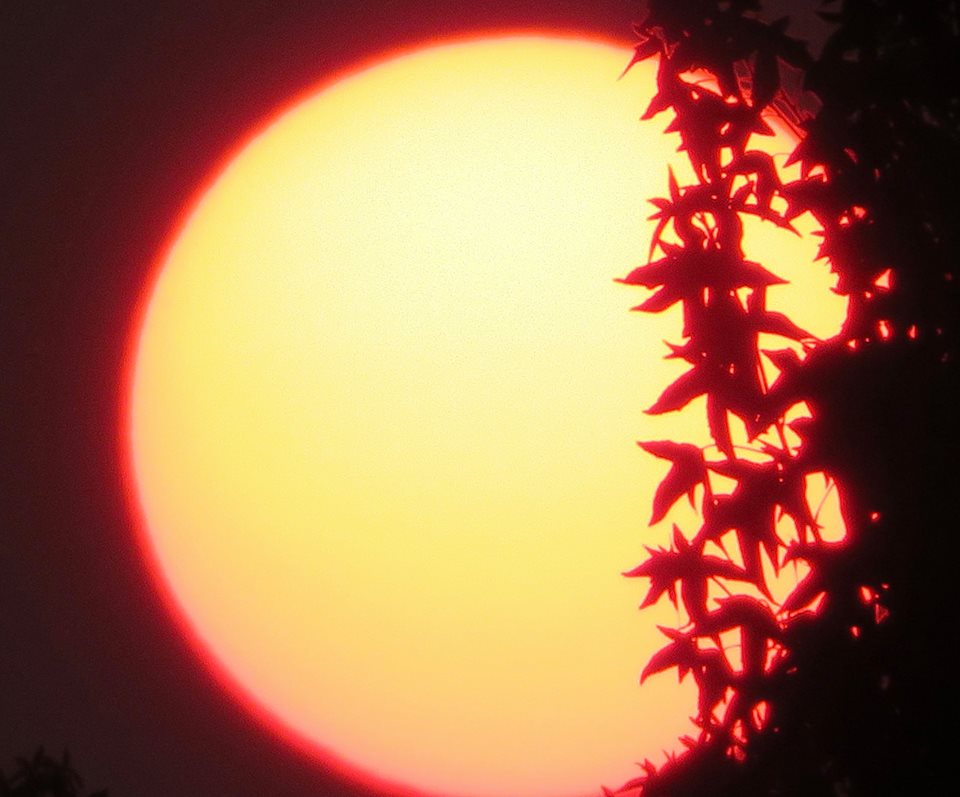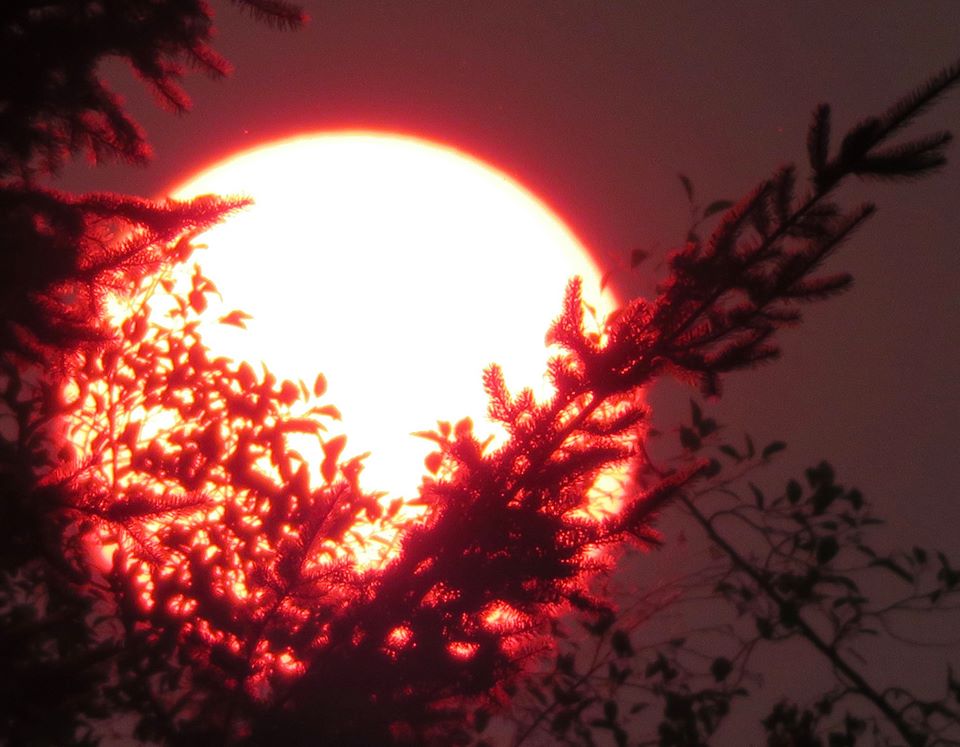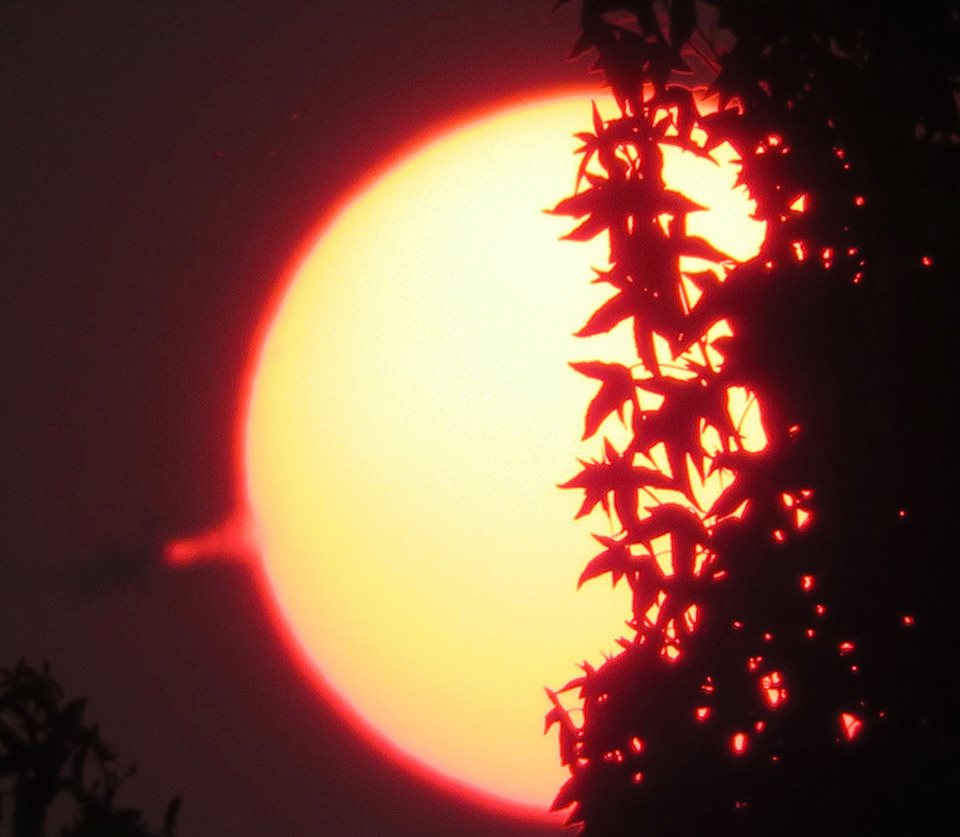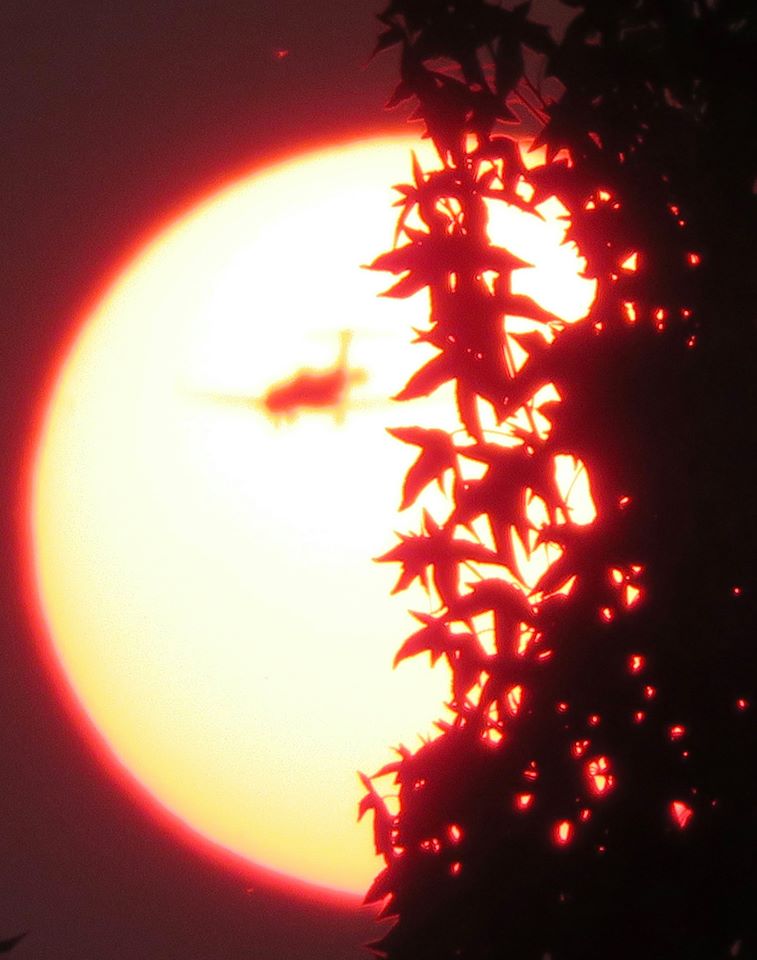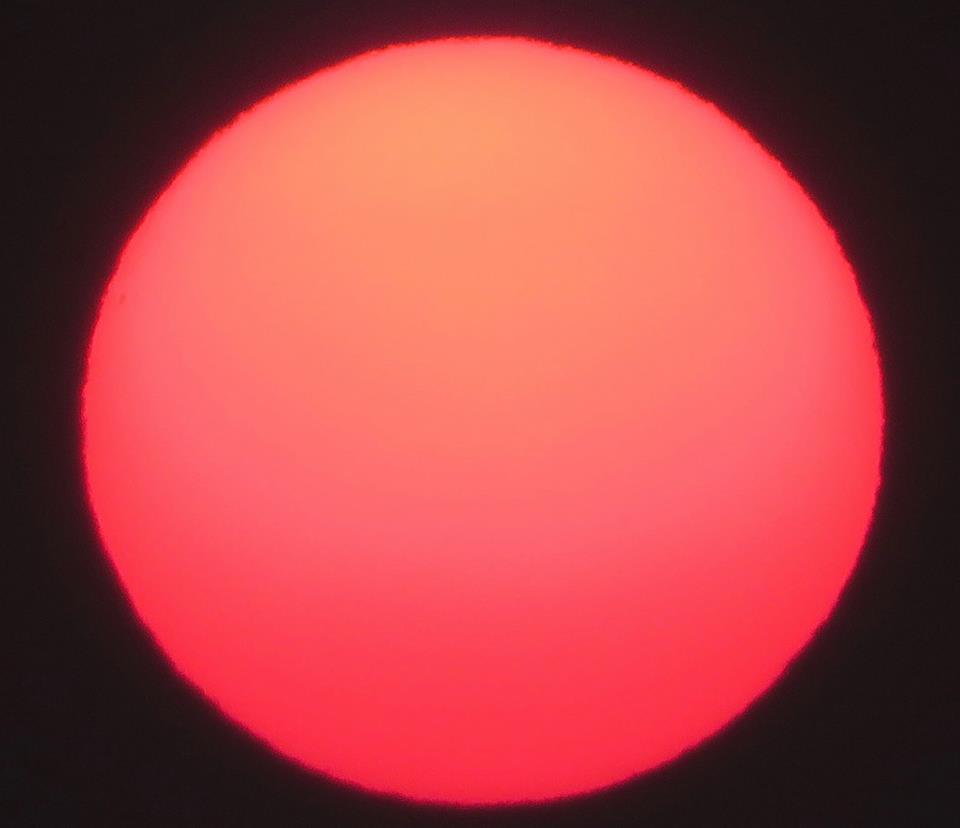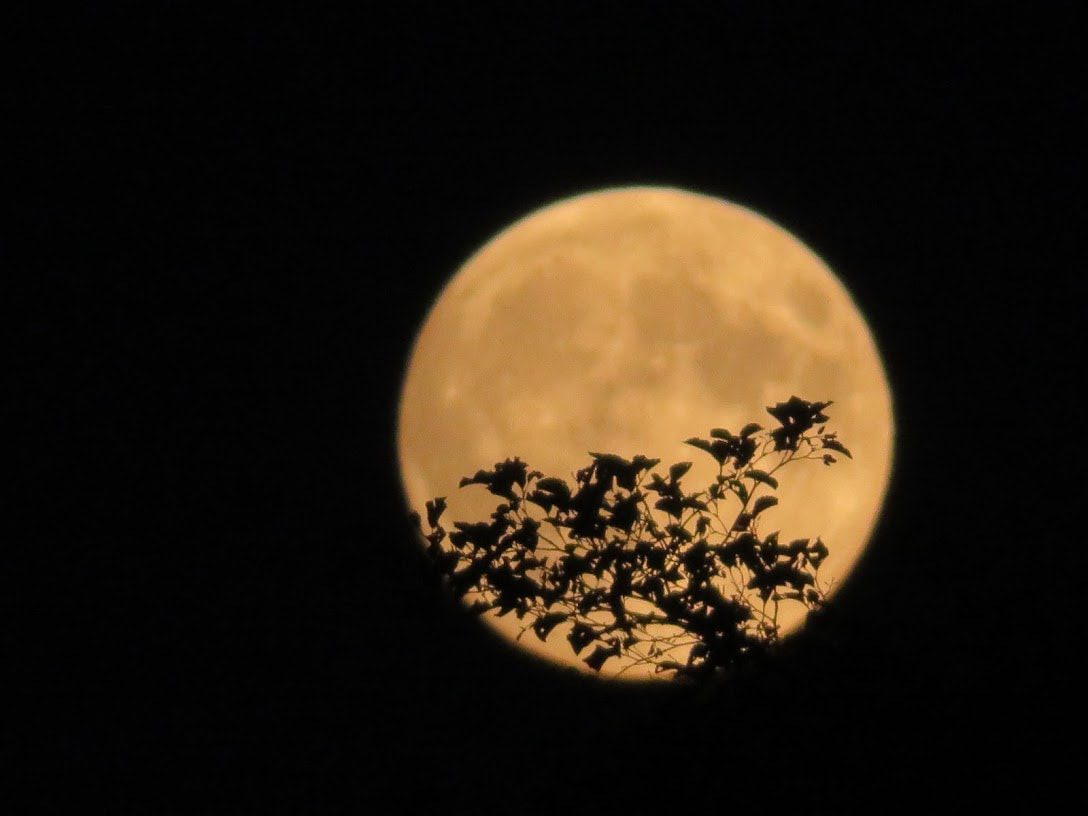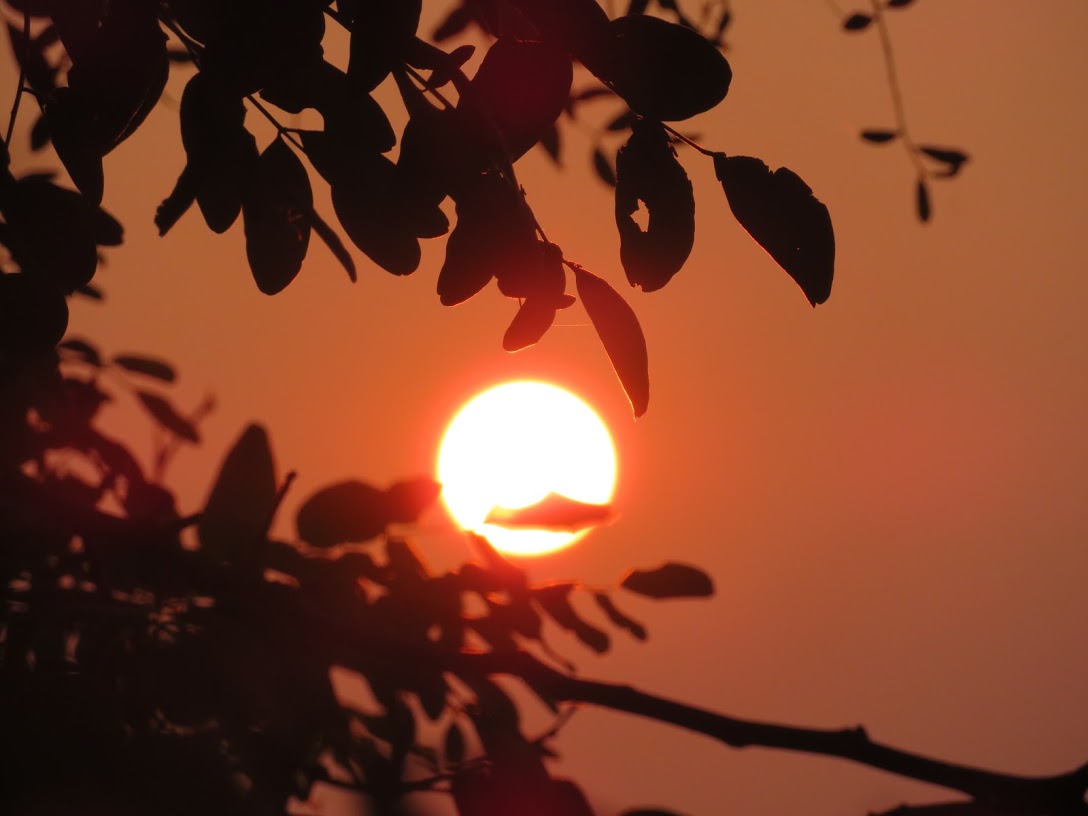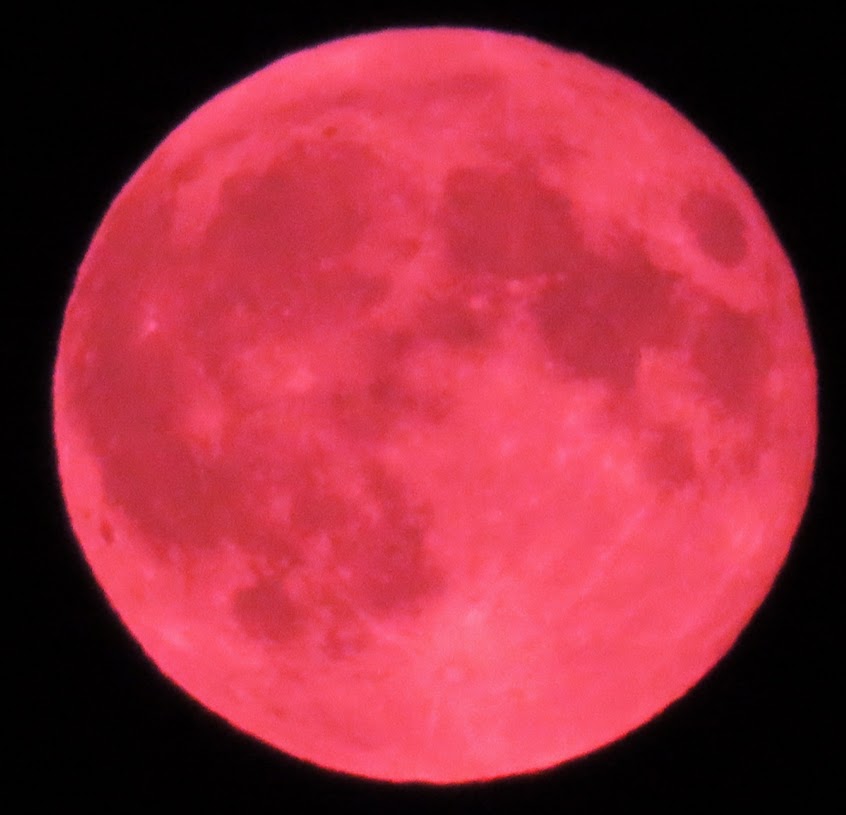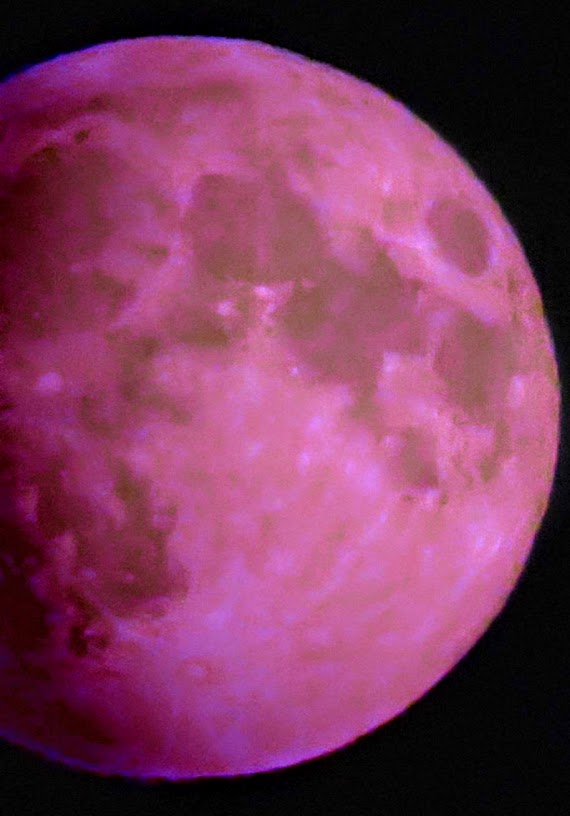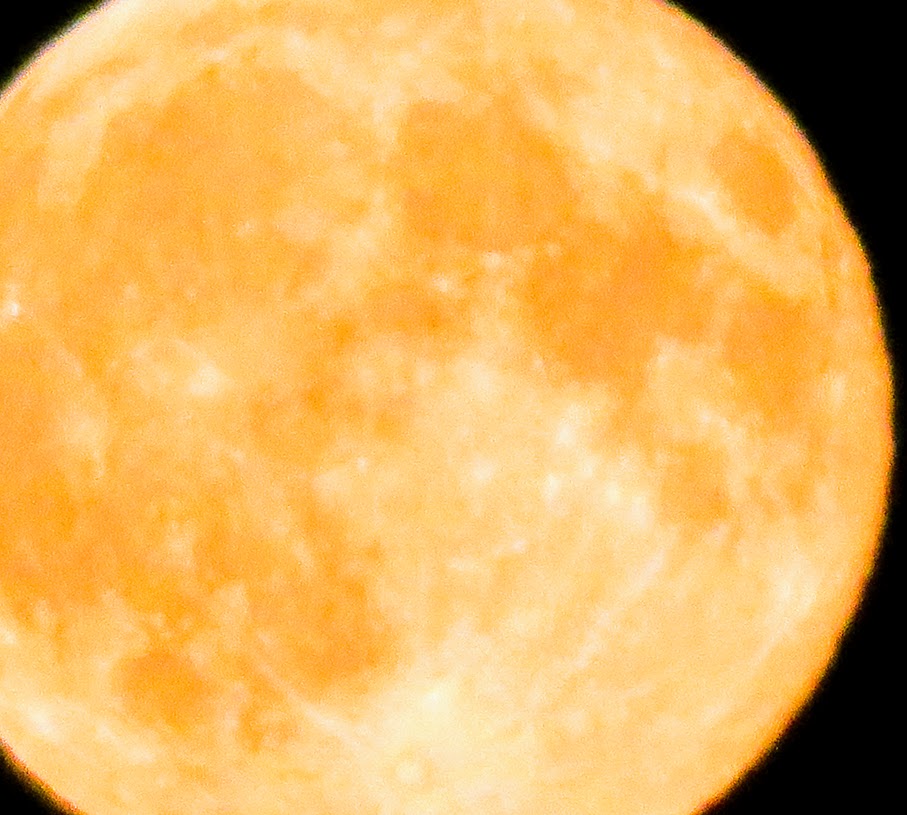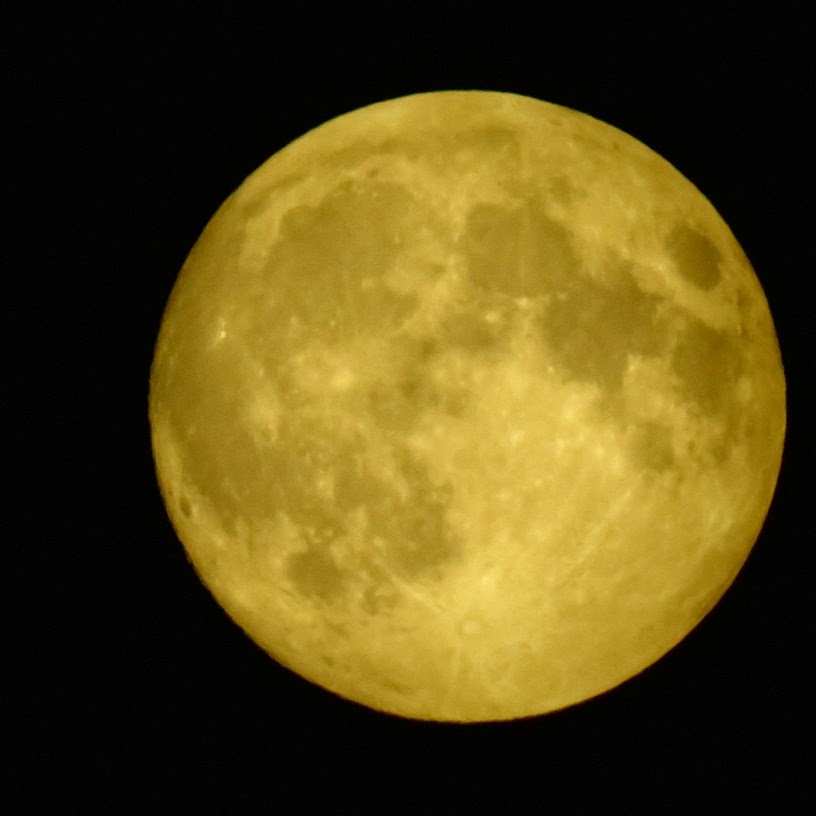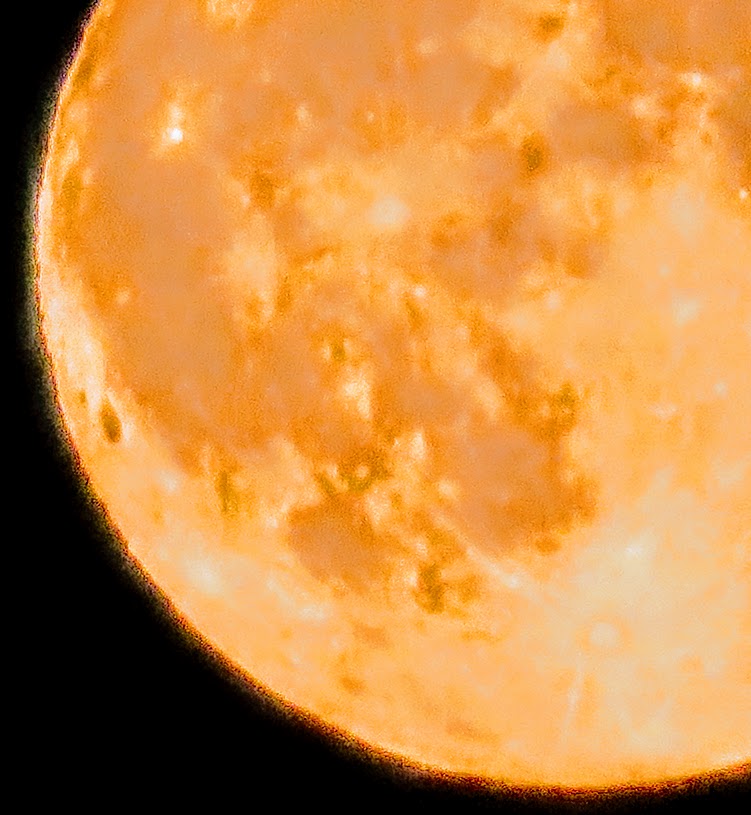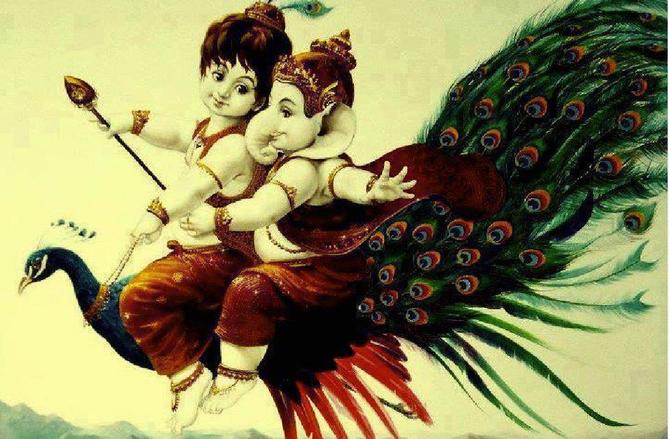
Just then Yama, the god of death who rides a buffalo, came passing by with the intention of meeting Shiva.
As he crossed the arch, his eyes went over to the bird and he raised his brows in a quizzical expression. Then he took his eyes off the bird and disappeared inside.
Now, in the ancient Hindu thought, even a slight glance of Yama is said to be the harbinger of death. Garuda, who had observed Yama’s action, told himself, “Yama looking intently at the bird can mean only one thing – the bird’s time is up. Perhaps on his way back he will carry away the bird’s soul with him.” Garuda’s heart was filled with pity for the helpless creature.
That it was oblivious of its own impending doom further agonized Garuda and he resolved to save the bird from the clutches of death. He swooped it up in his mighty talons, rushed to a forest thousands of miles away and left the bird on a rock beside a brook. Then he returned to Kailash and regained his position at the entrance gate.
Soon after, Yama emerged from inside, and nodded to Garuda in recognition. Garuda greeted the god of death and said: “May I put a question to you? While going in, you saw a bird and for a moment you became pensive, why?”
Yama answered him thus: “Well, when my eyes fell on the little bird, I saw that it was to die in a few minutes, swallowed by a python, far away from here in a forest near a brook. I wondered how this tiny creature would traverse the thousand of miles separating it from its destiny in such a short time. But there are no such serpents here, high on Kailash, and I was briefly puzzled.” Then I forgot. Surely it must have happened somehow.”
Saying this, Yama smiled and went away. Did he know about Garuda’ s specific role in the matter? Nobody can know for sure. Again, Garuda marveled at the turn of events had taken unfolding karma.
Karma, and its Consequences:
The word karma is derived from the Sanskrit root ‘kri,’ meaning ‘to do,’ implying that all action is karma. Technically, the term incorporates both an action and its consequence.
Thus Garuda’s karma consisted of the act of carrying away the bird and also its consequent snatching by the cruel hands of destiny. Hence, a deed, pure in its content, led to an apparently unfavorable outcome. Through this subtle tale, we are made to confront a dilemma which constantly recurs in our own lives, namely, the relative impurity and purity of an action. Is an action to be deemed positive or negative solely on the basis of the result it generates? Or, is there some other criterion? Indeed there is. What determines the nature of the karma is the will or intention behind an act.
“One who acts with the best of intentions, does not get the sin of the outward consequence of his action.” (Yoga Sikha).
For example, a doctor is not responsible for murder, if the operation per chance ends in the death of his patient. In the above tale, Garuda’s duty was not to protect the bird, but rather to try and protect it.
“Even if a man does not succeed, he gets all the merit of doing his duty, if he strives the utmost to his capacity.” (Mahabharata: Udyoga Parva 93.6)
“Some undertakings succeed and others fail. That is due to the divine order of things. If a man does his part of the work, no sin touches him.” (Mahabharata: Santi Parva 24.30)
It is the psychological impulse behind an action that is ‘karma,’ that which sets going a chain of causes culminating in karmic fruits. Actions then must be intentional if they are to generate karmic fruits.
One of the most significant instructional references to karma comes from the Bhagavad Gita, which says:
“You have the right only to work, but not to the fruits thereof.” (2.47)
Significant here is the fact that we are entitled only to act, and have ‘no right’ over the ensuing results. This profound assertion is not mere discourse, but rather loaded with sound practical advice, which can act as a sensible strategy for whatever we set out to achieve. This is because the outcome of any enterprise is not solely dependent on our individual efforts but is bound to numerous other factors over which we may or may not have influence.
Thus why worry over something on which we do not have control? Also, detaching ourselves from the burden of anxiety over the impending result frees us from mental stress, and enables us to devote ourselves with calm concentration to the matter at hand.
Hindu Human Rights FB
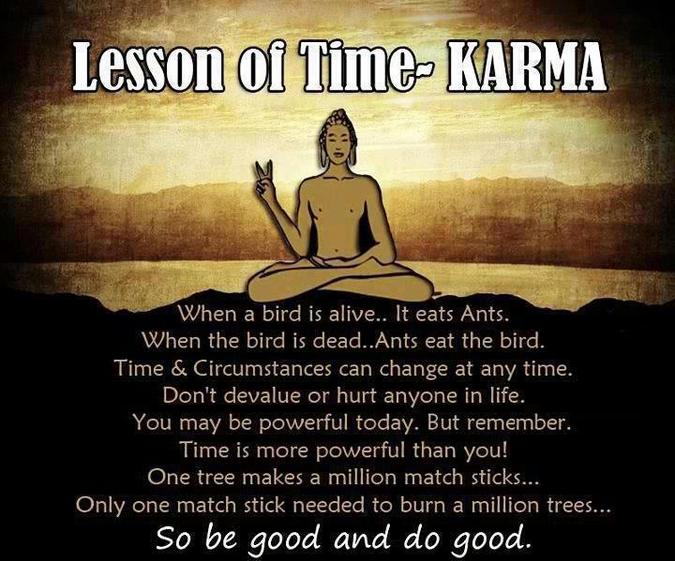
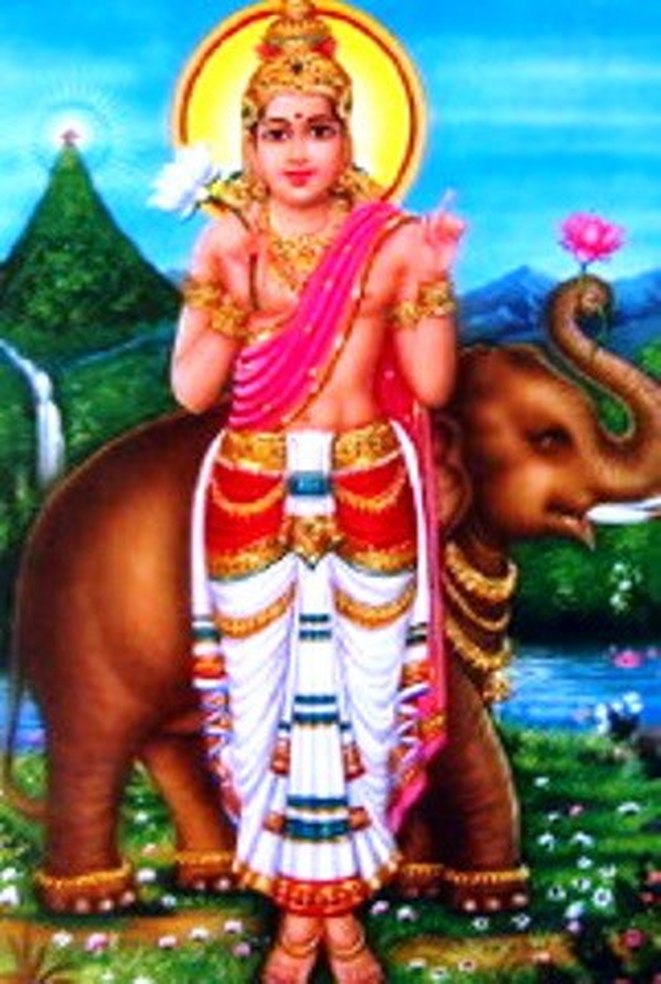
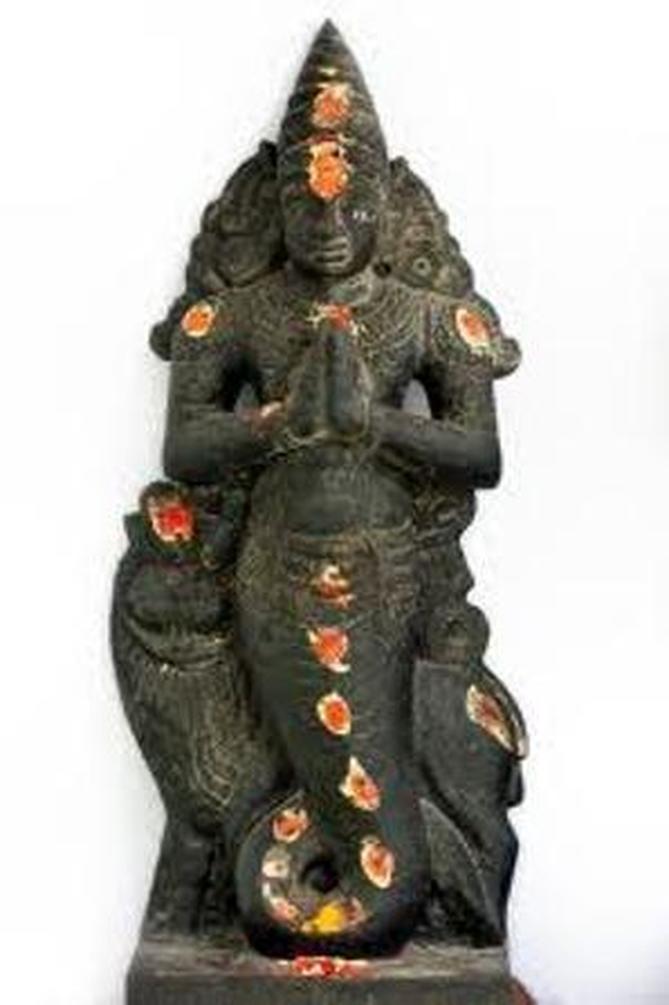
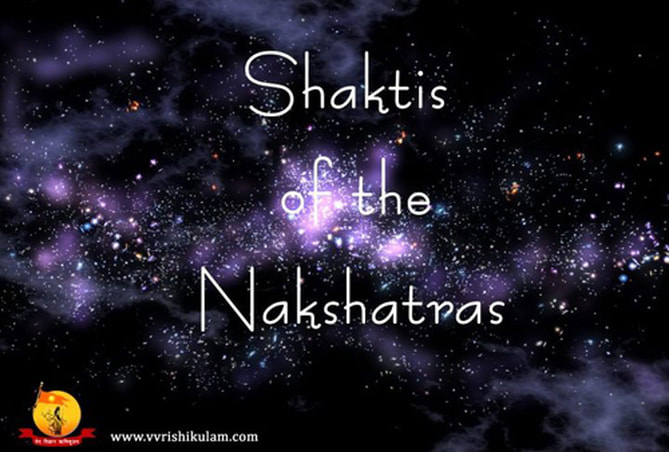
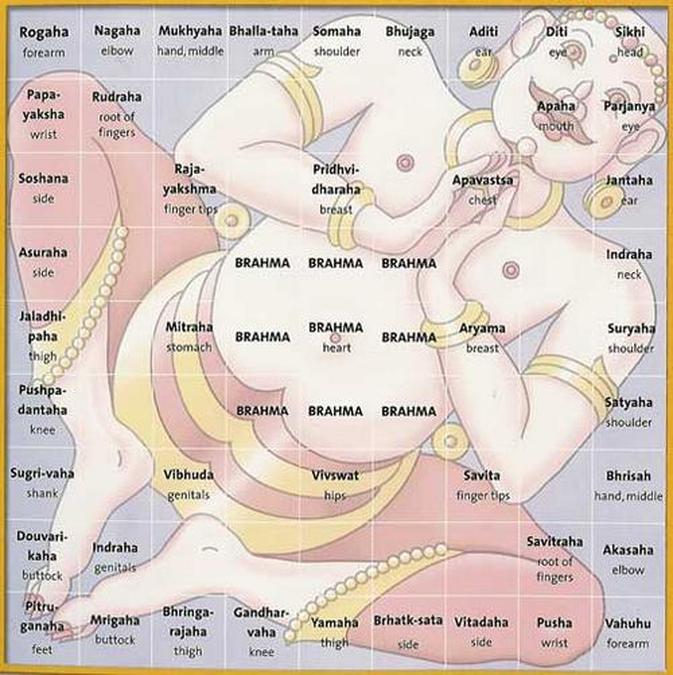


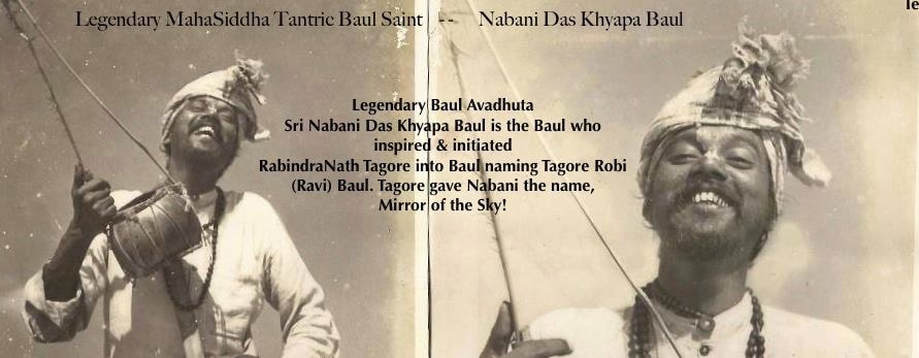

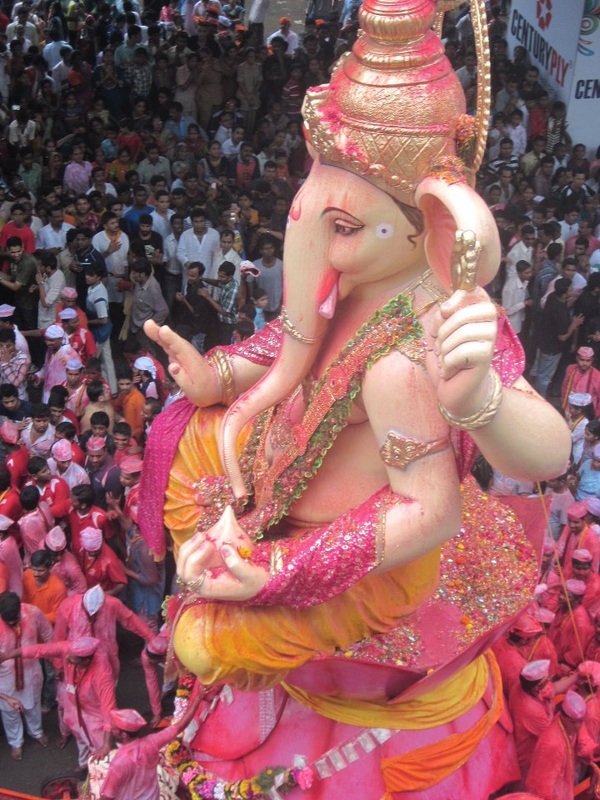
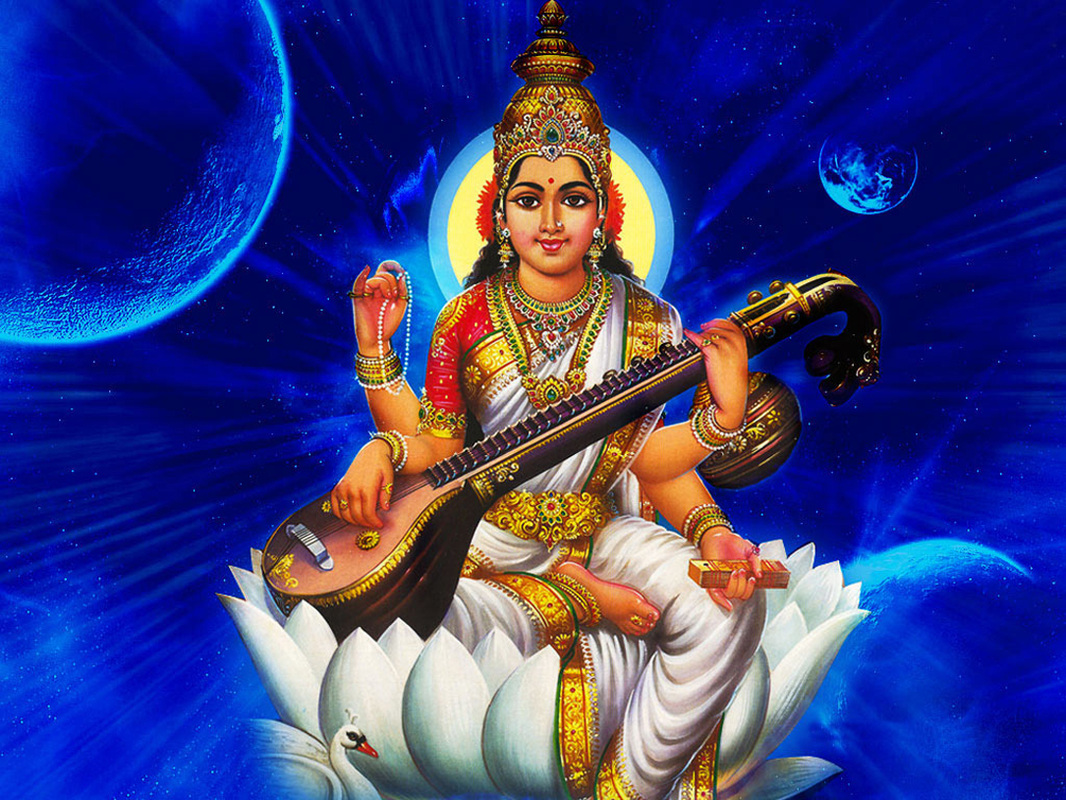
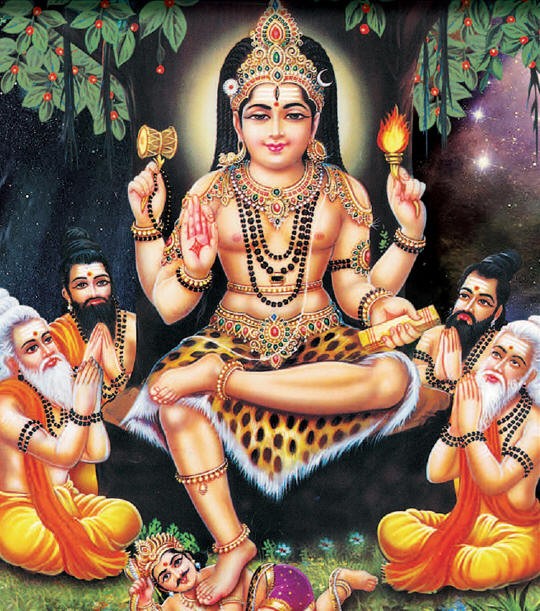
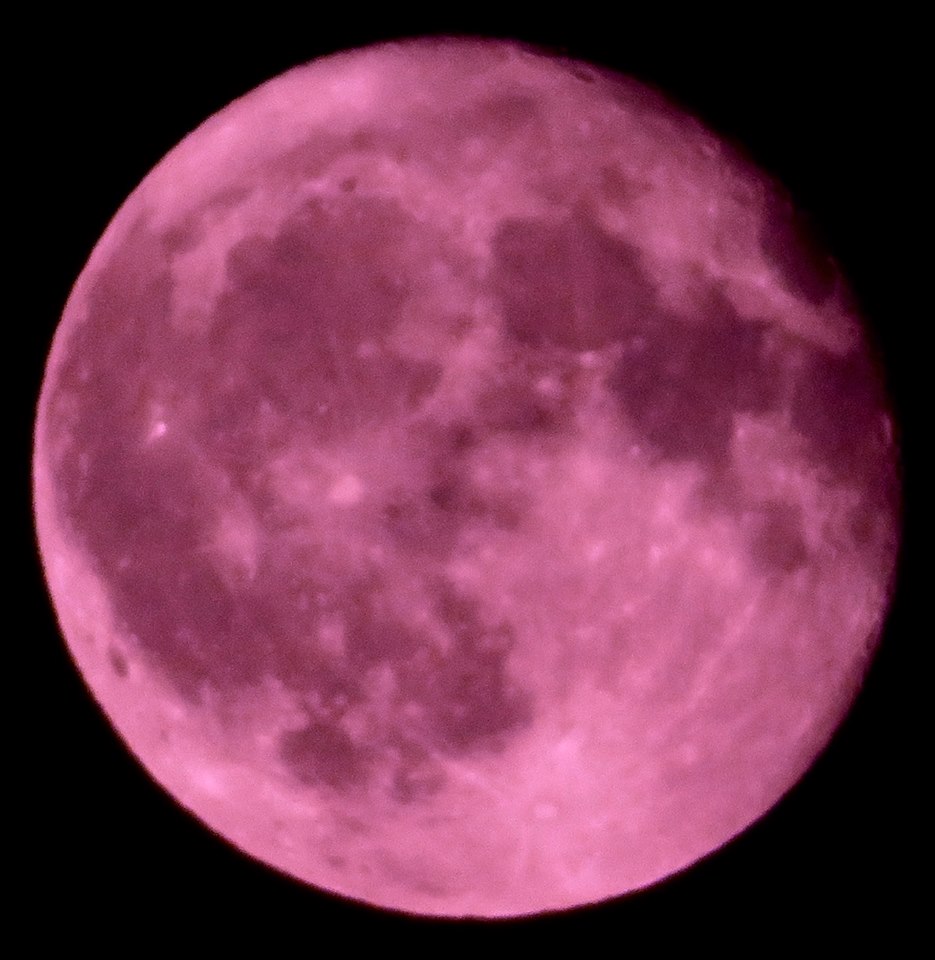
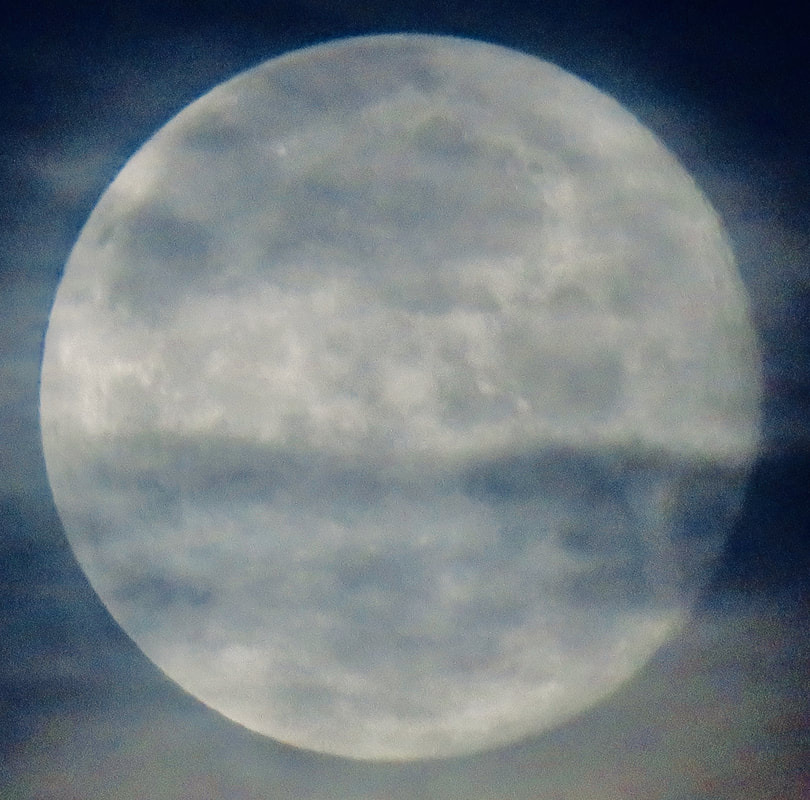
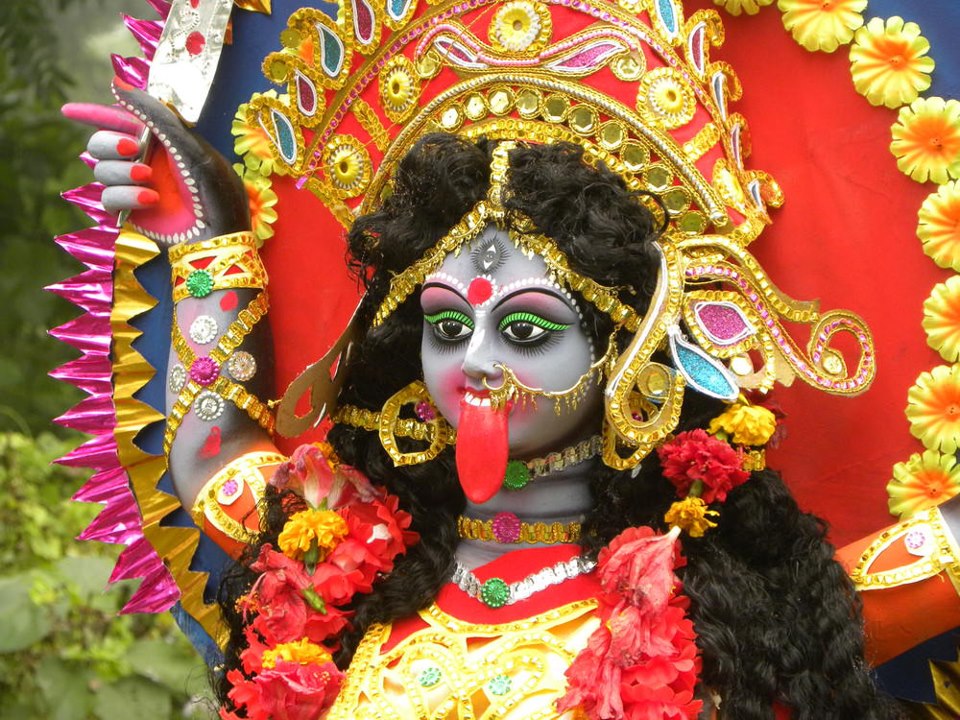
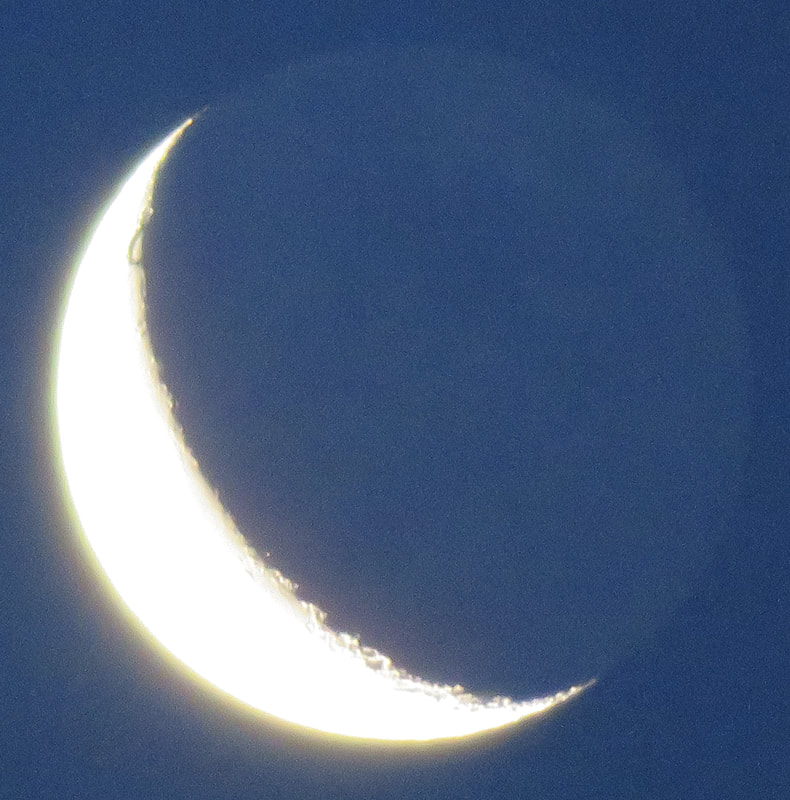
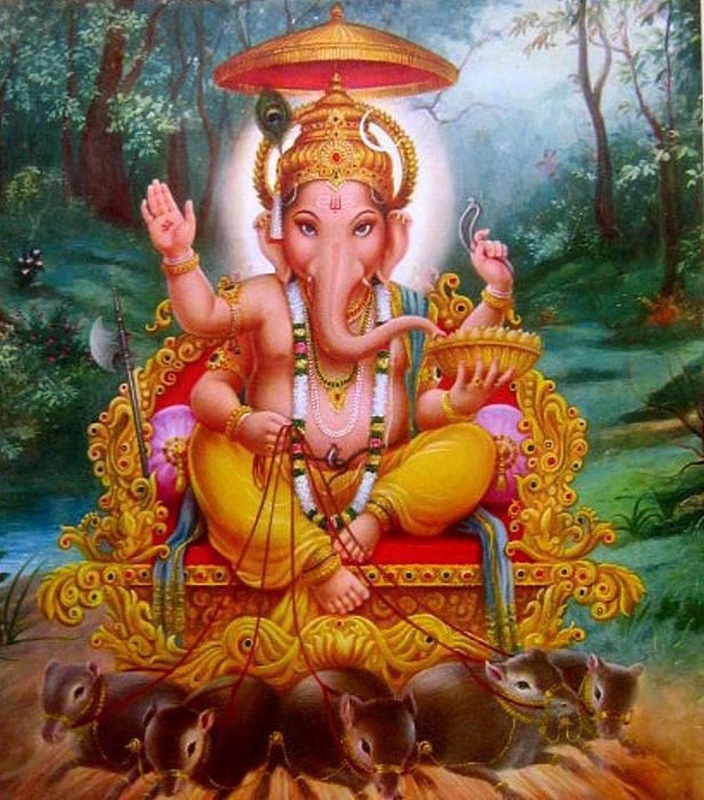
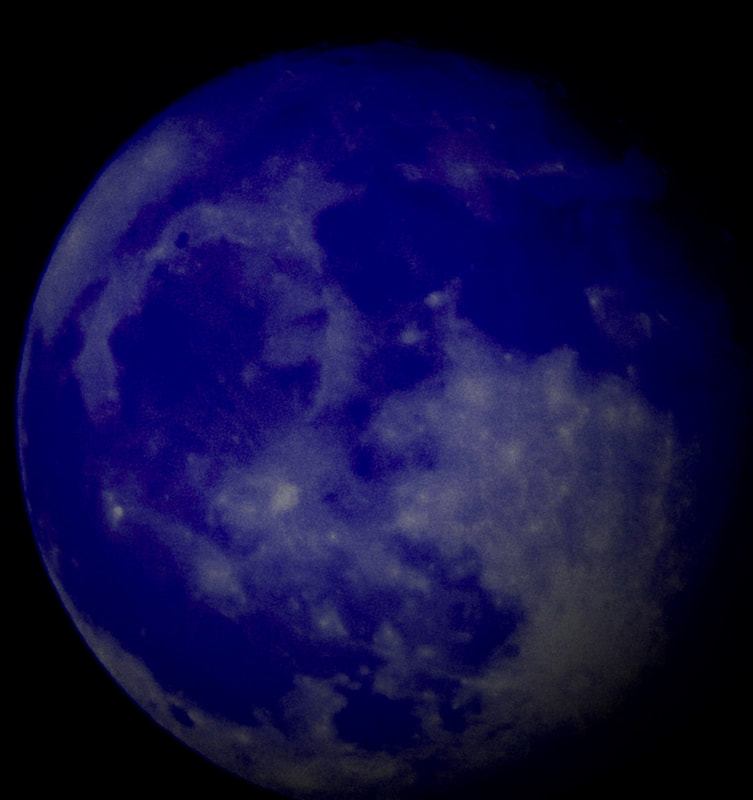
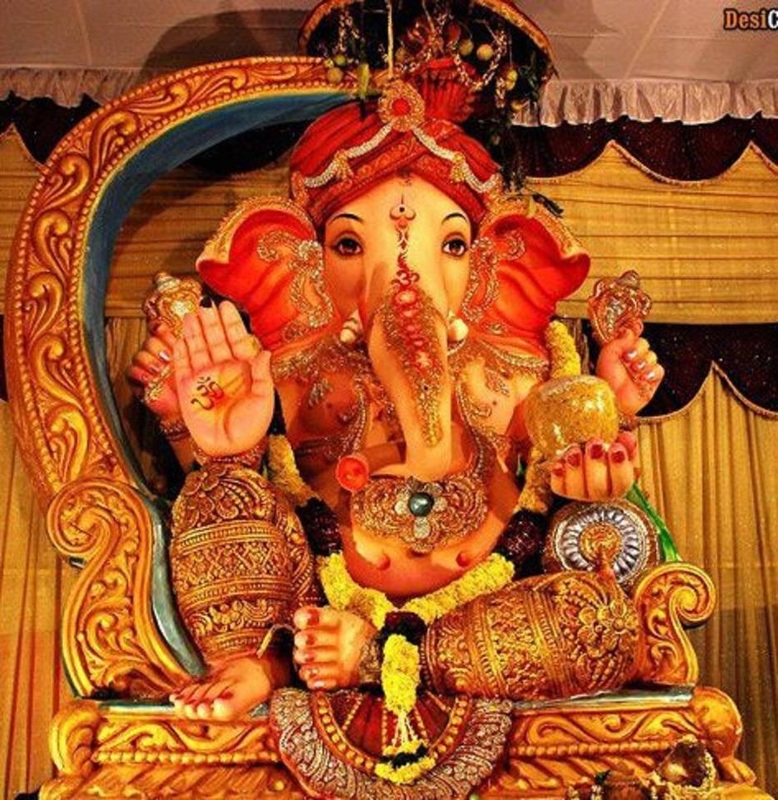
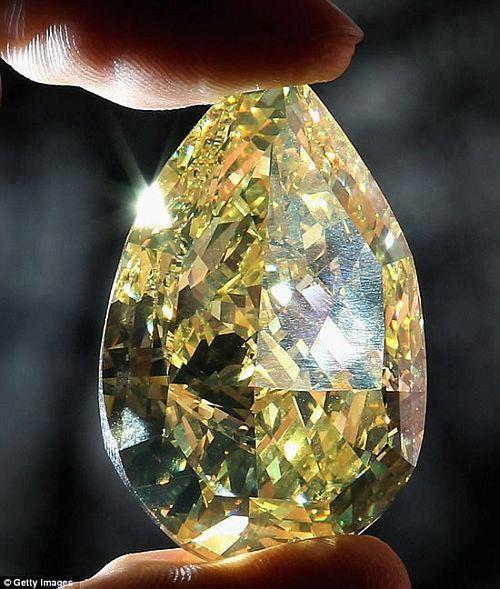
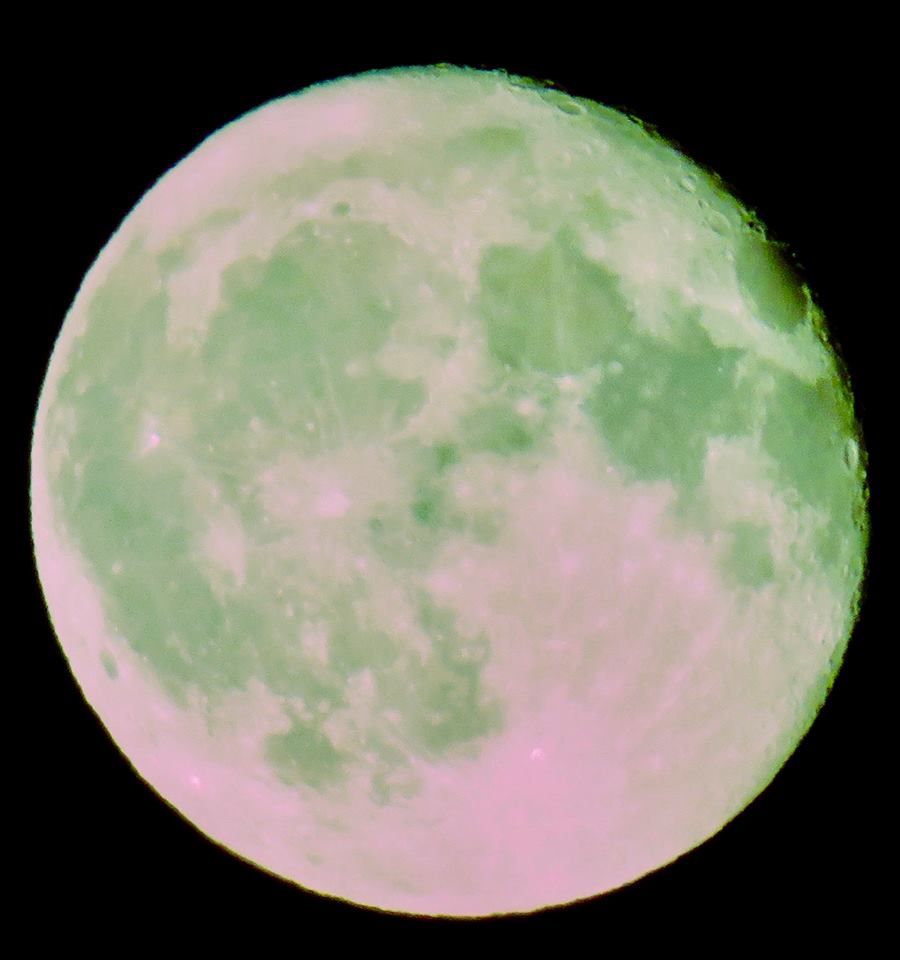
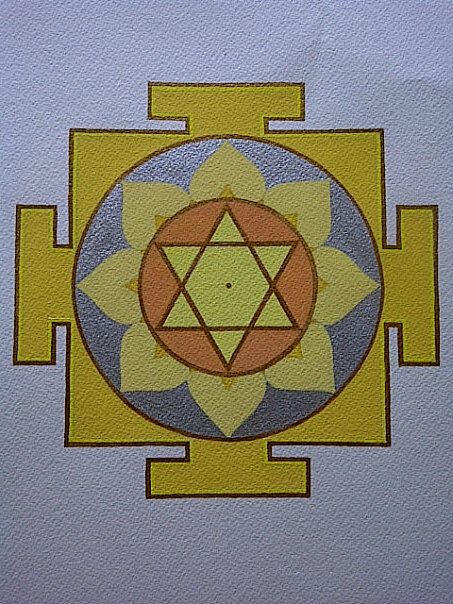
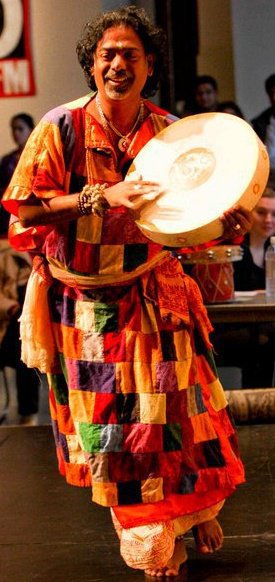
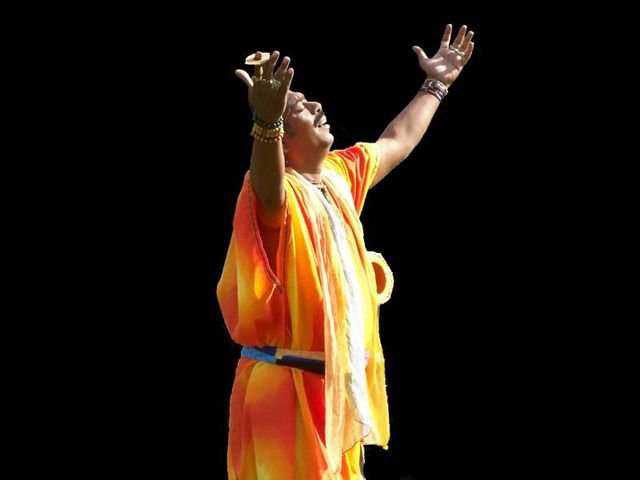
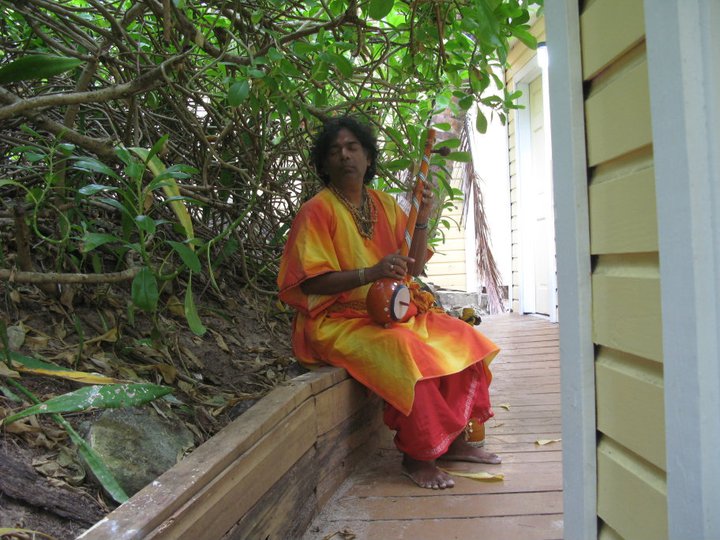
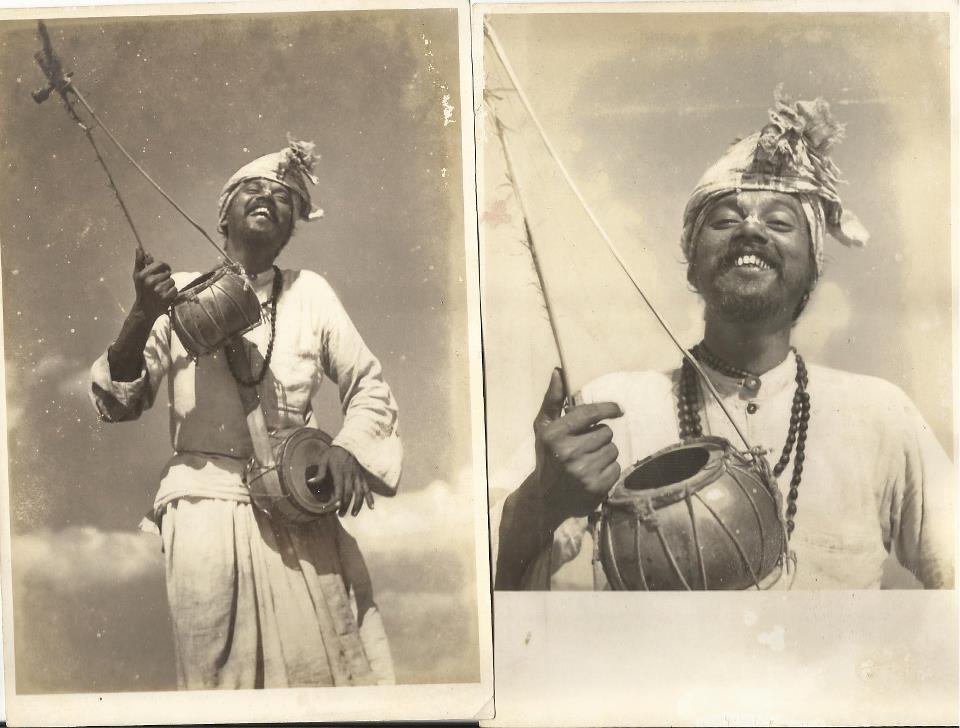
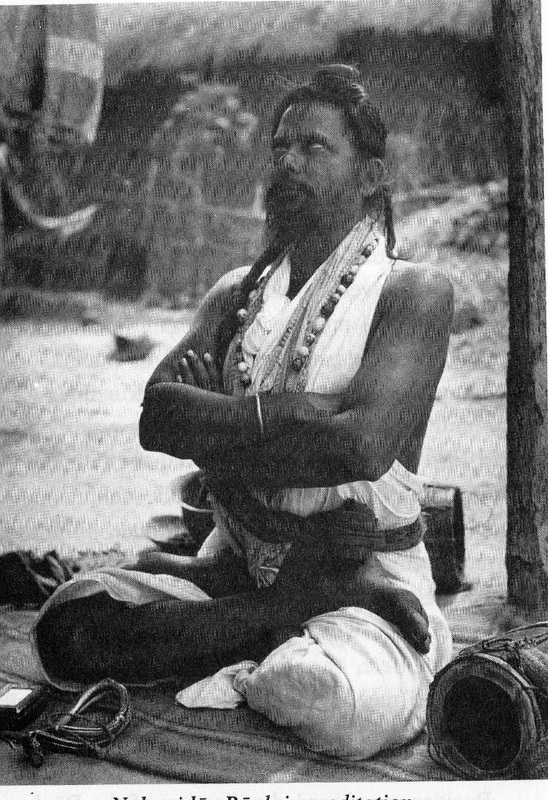
 RSS Feed
RSS Feed
